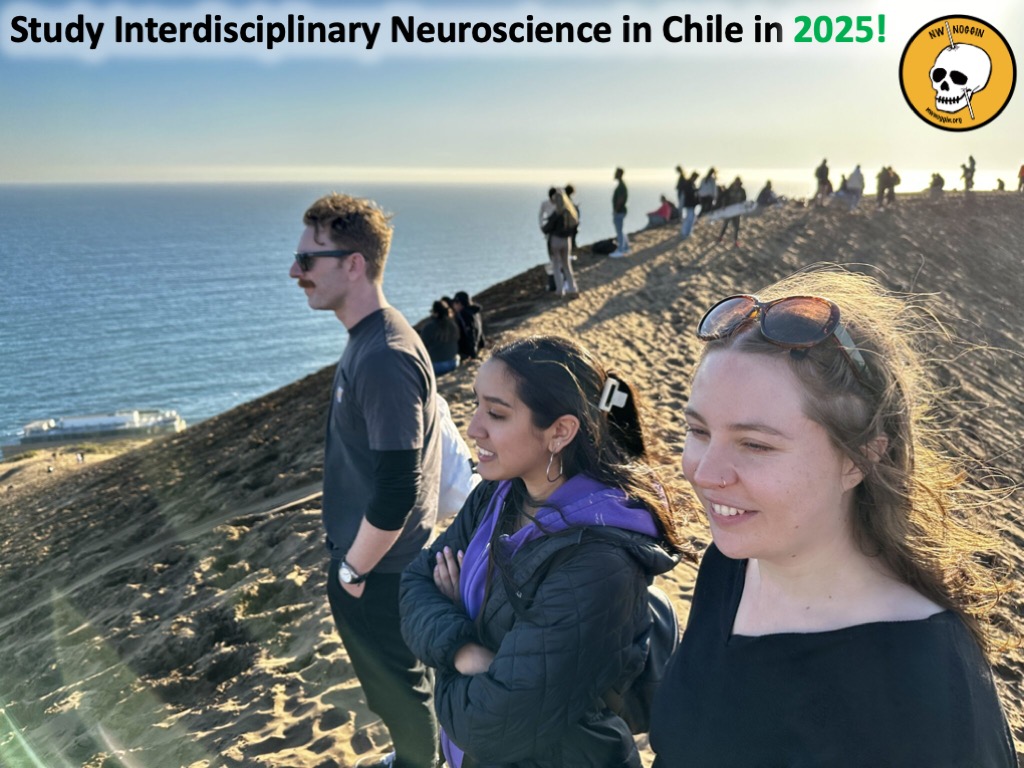Jeff Leake and Bill Griesar of Northwest Noggin are teaching a NEW interdisciplinary neuroscience course NEXT SUMMER (2025) in the extraordinary art and brain research saturated coastal city of Valparaíso, Chile!
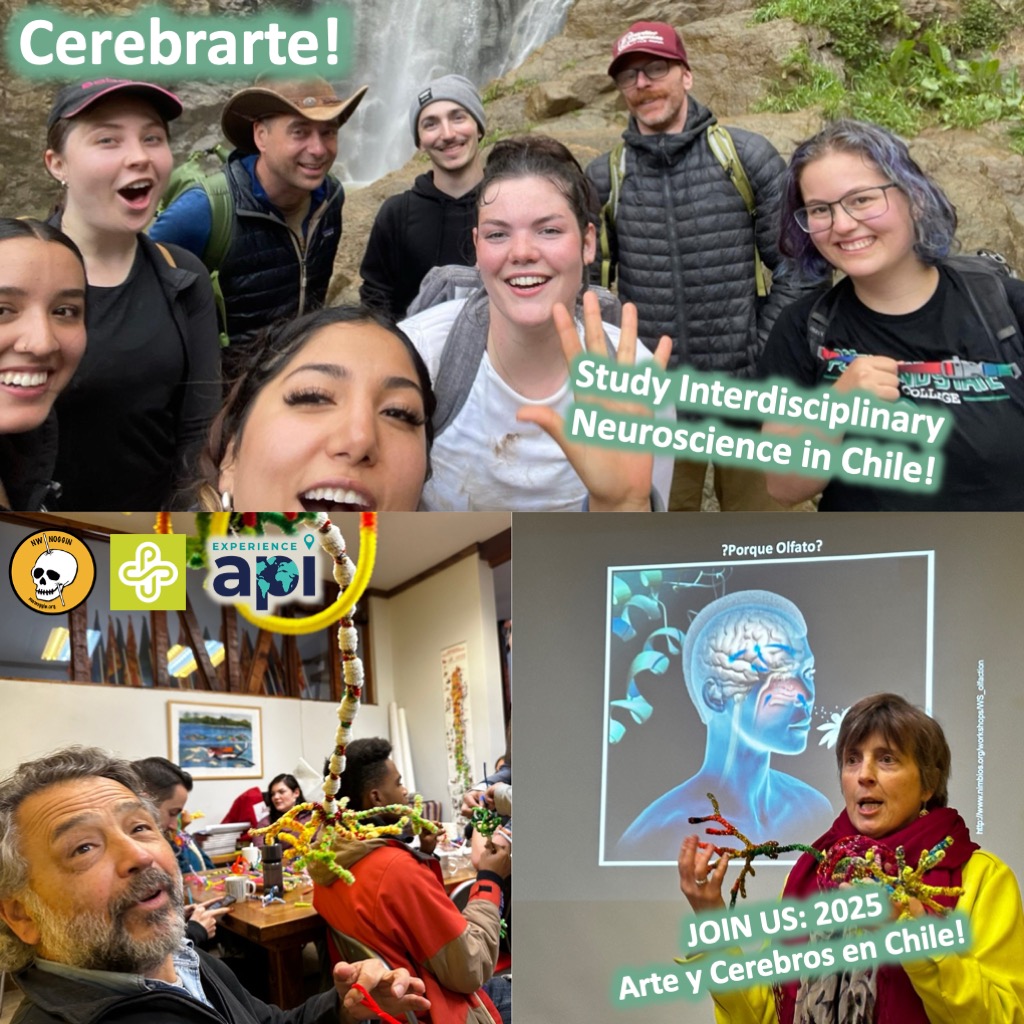
Anyone is welcome, and for undergraduates at Portland State University this course can fulfill the PSY 403: Outreach requirements for the Interdisciplinary Neuroscience minor!
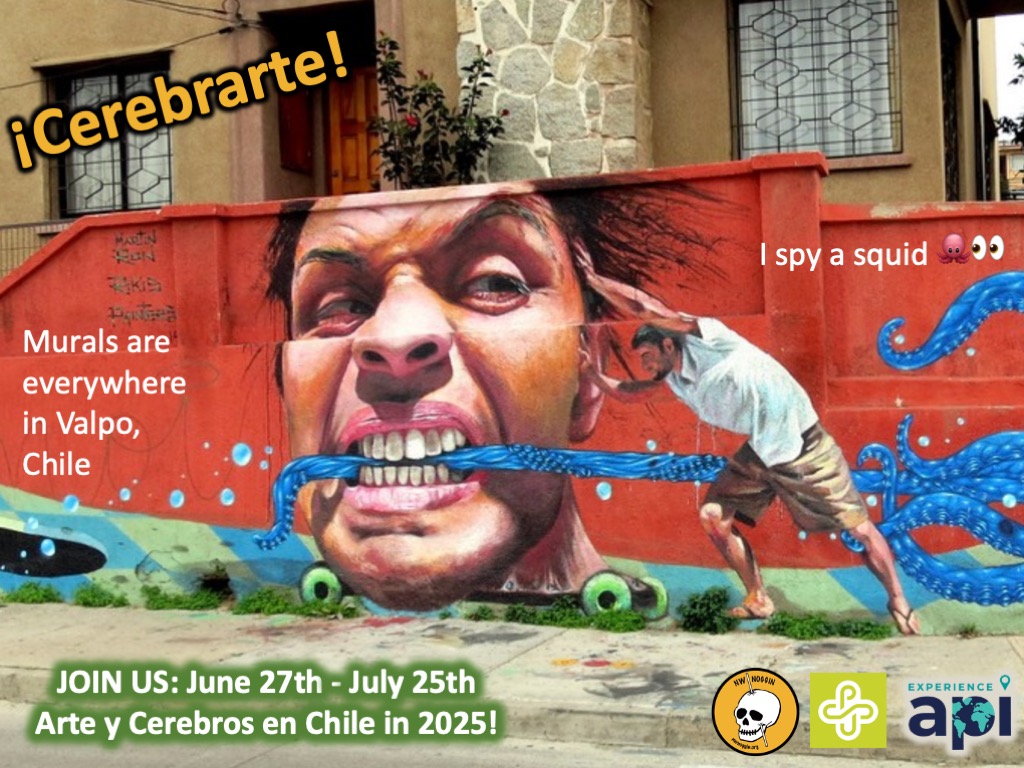
LEARN MORE AND APPLY HERE (PSU): Valparaiso – Arte y Cerebros en Chile (PSU Ed Abroad)
LEARN MORE AND APPLY HERE (NON-PSU): ARTS AND BRAINS IN CHILE (API)
LEARN MORE: ZOOM INFORMATION SESSION FROM 11/21/24
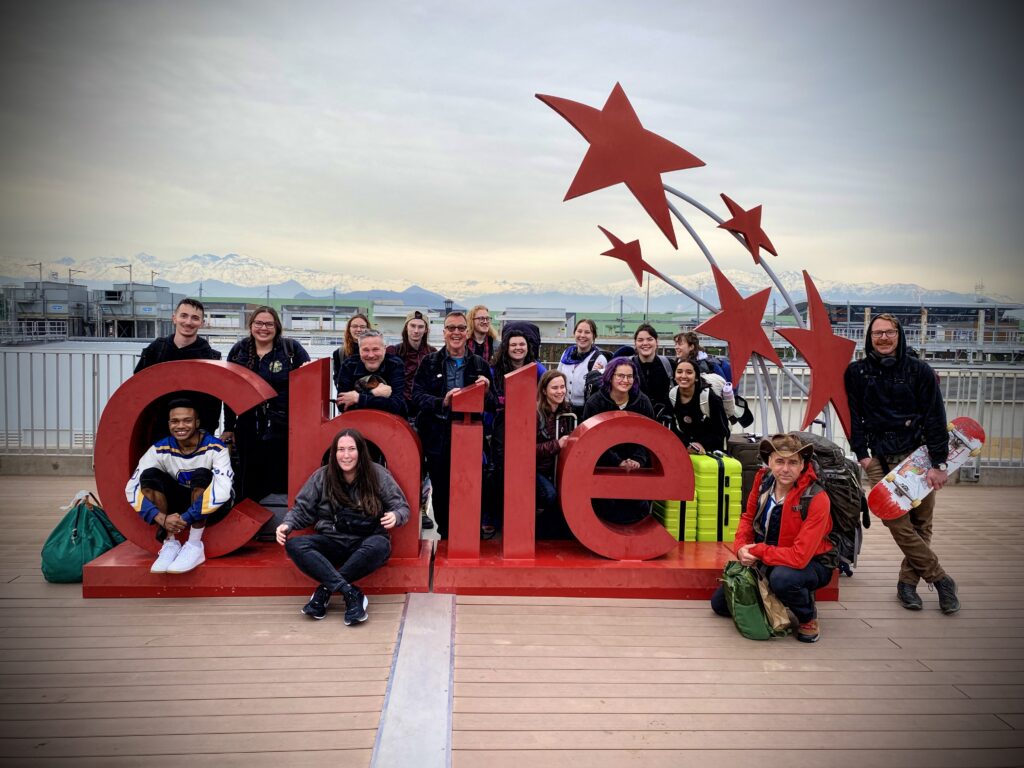
LEARN MORE: La Alegría de la Ciencia
The course, Cerebrarte: Arte y Cerebros en Chile, is offered through the Education Abroad Office at Portland State University and Academic Programs International. The program is running AGAIN in 2025, and everyone is welcome to apply!
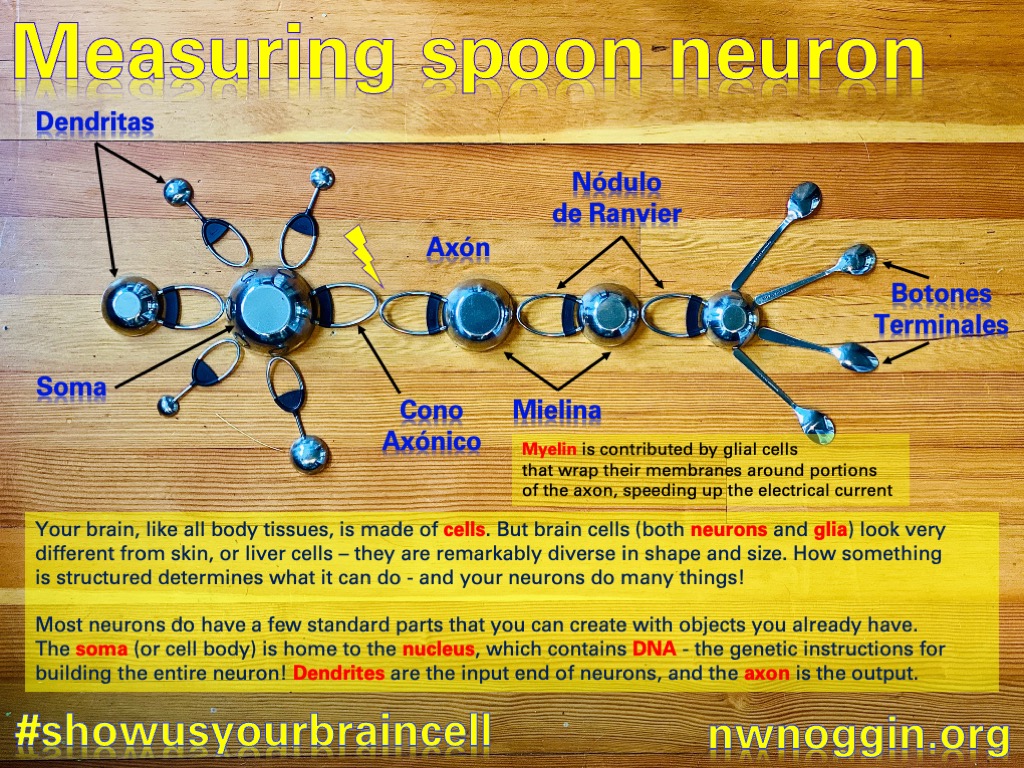
Course Description
In Cerebrarte: Arte y Cerebros en Chile we will directly examine sensation and perception through the vibrant art and neuroscience research traditions around Valparaíso, Chile.
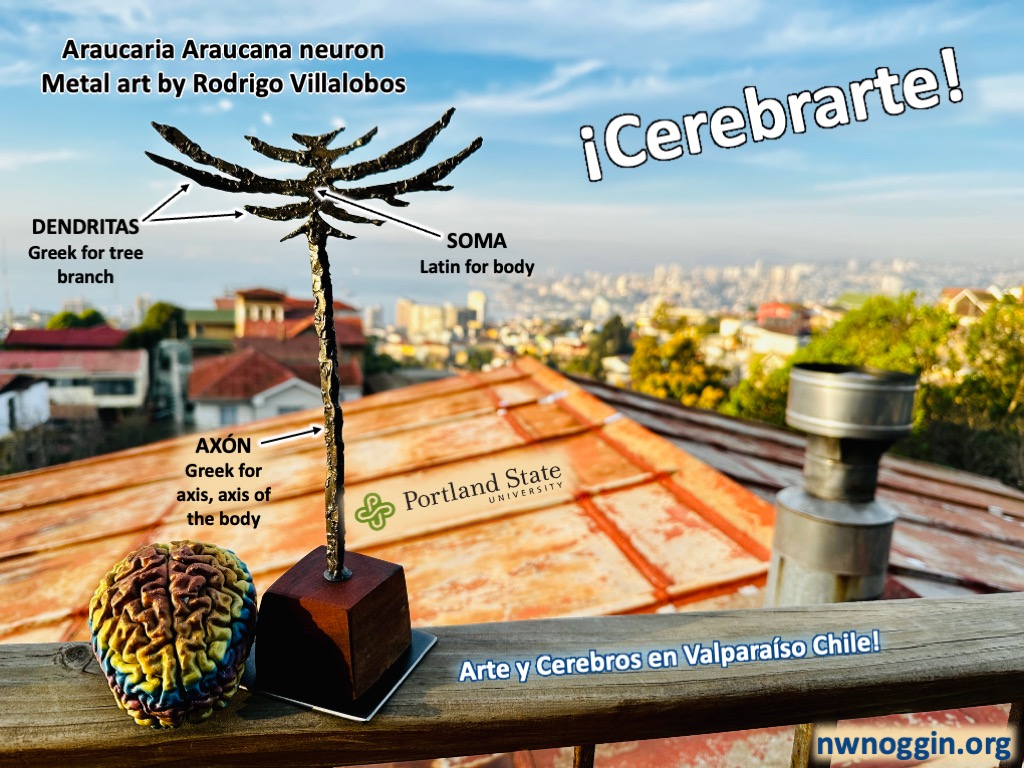
We’ll explore how neurons carry information, and how research in Chile (involving the giant axons of the Humboldt squid!) led to our understanding of the electrical signaling that links our experiences to the world.
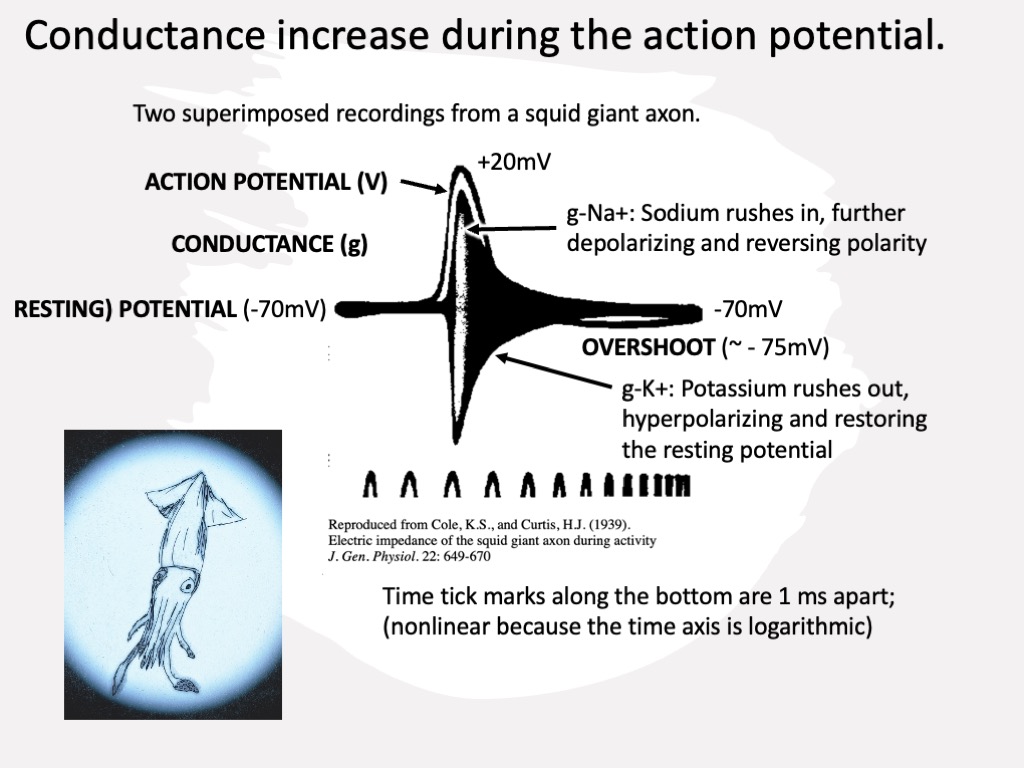
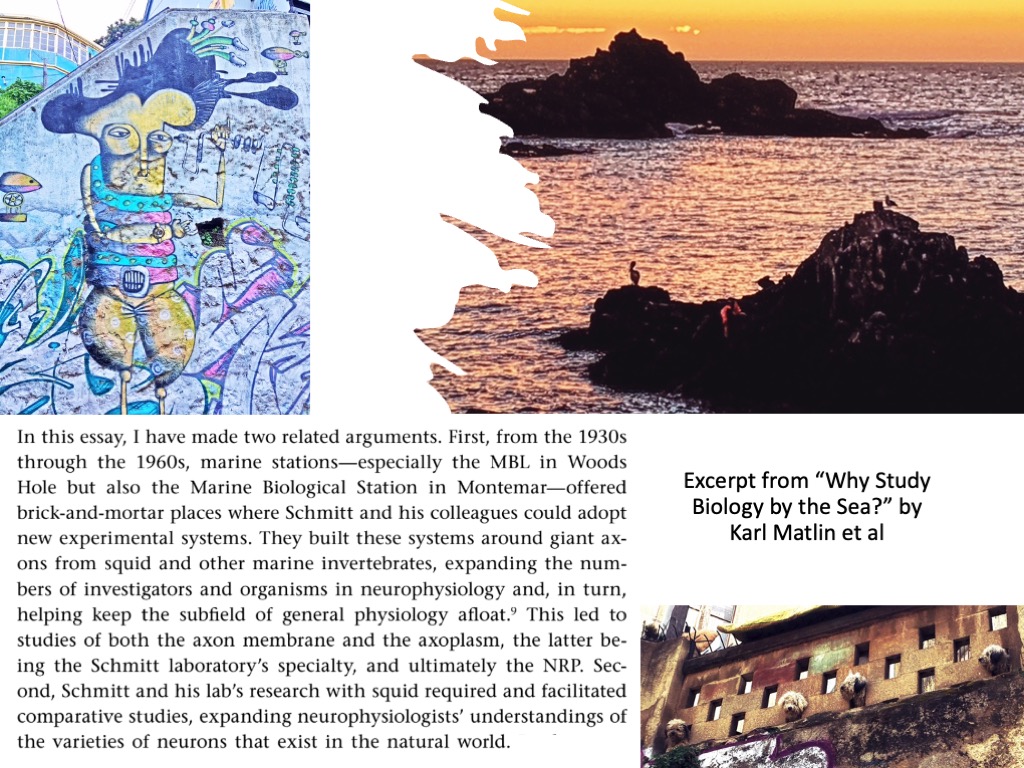
LEARN MORE: Why Study Biology by the Sea?
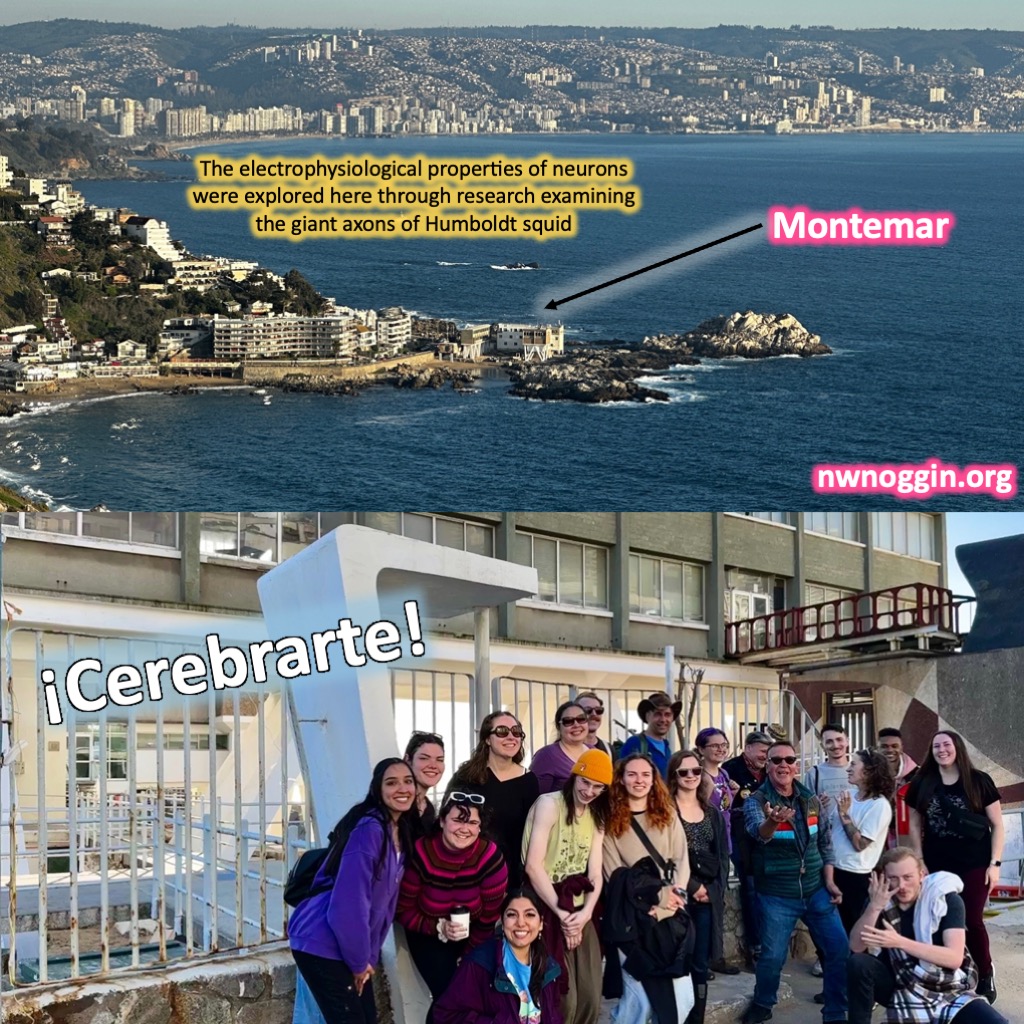
“But the Montemar laboratory was very different. The approach was quantitative and dealt with a subject that had fascinated me since I was in high school, when I learned for the first time that the nerve impulse was an electrical event.”
— Francisco Benzanilla
LEARN MORE: Influences: The Cell Physiology Laboratory in Montemar, Chile
We’ll delve into the rich history and exciting present of research at the Centro Interdisciplinario Neurociencia Valparaíso (CINV), make art and contribute to interdisciplinary neuroscience engagement through Ciencia al Tiro, a local STEAM (STEM + Arts) outreach nonprofit.

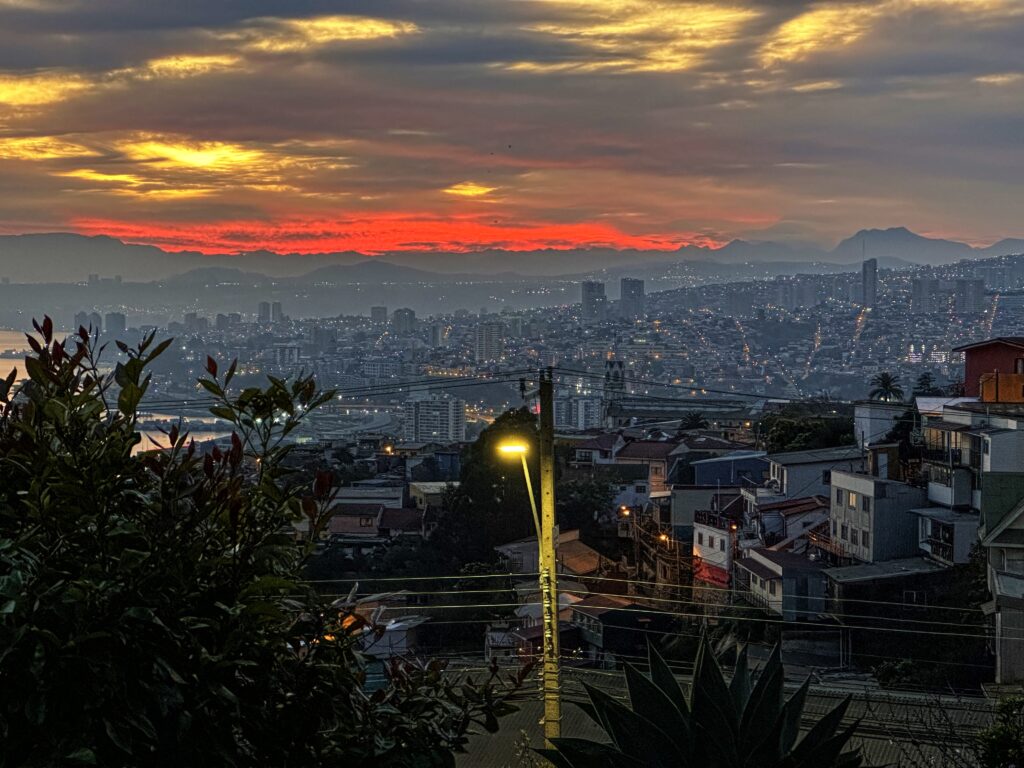
Perception often begins with the detection and transduction of energy (e.g., light, sound waves, chemicals, the pressure of touch, etc) by specialized sensory neurons (e.g., photoreceptors, inner hair cells, taste/olfactory receptors, mechanoreceptors), and the relay of this information through specific neural networks in the brain.
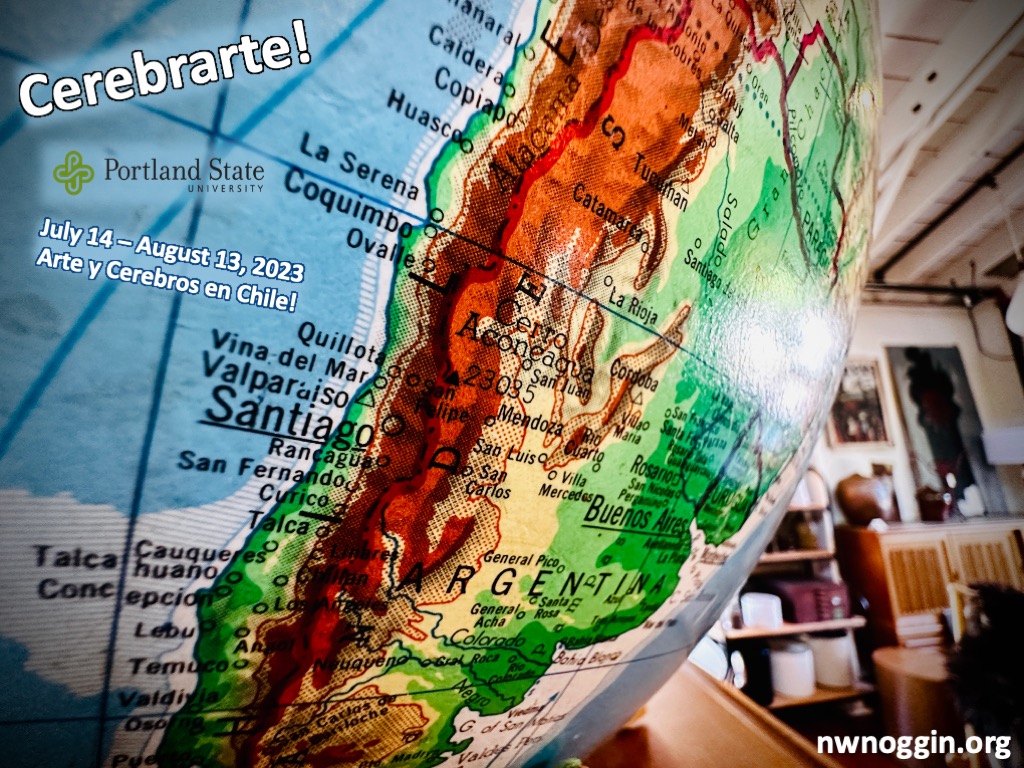
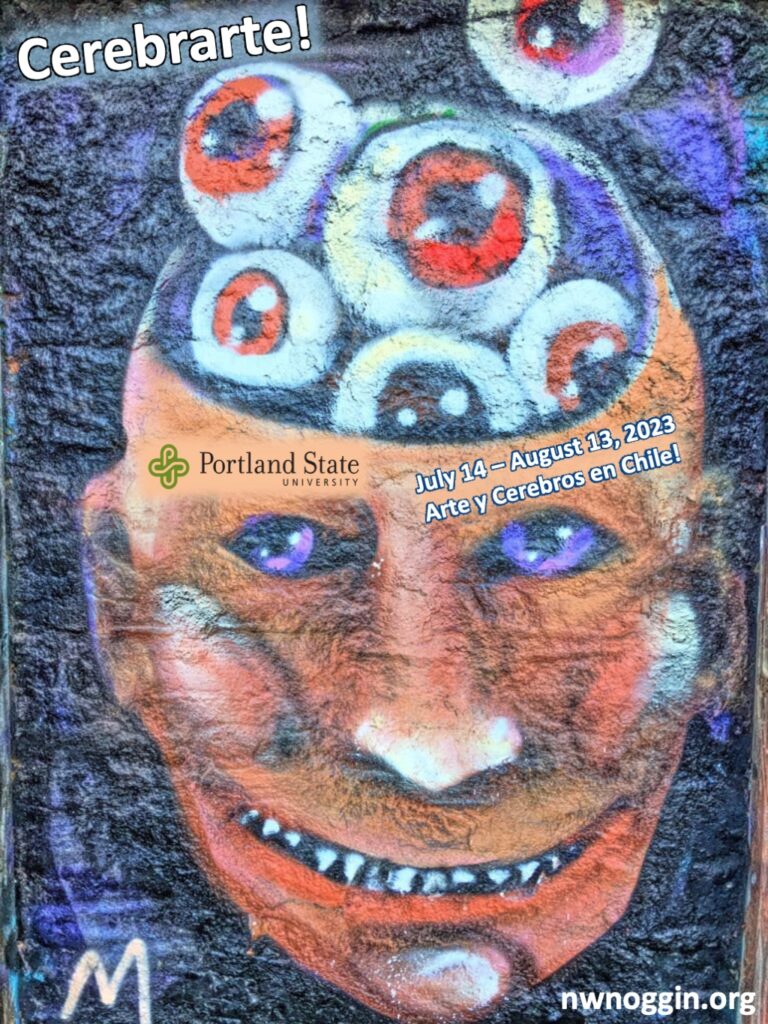
However perception itself is more complex, mixing multiple modes of sensory inputs with both implicit and explicit predictions and biases based on our personal developmental experience. We each perceive sights, smells, sounds and bodily feelings, but also our social circumstances and time, and these perceptions drive what we individually think about and what we do.
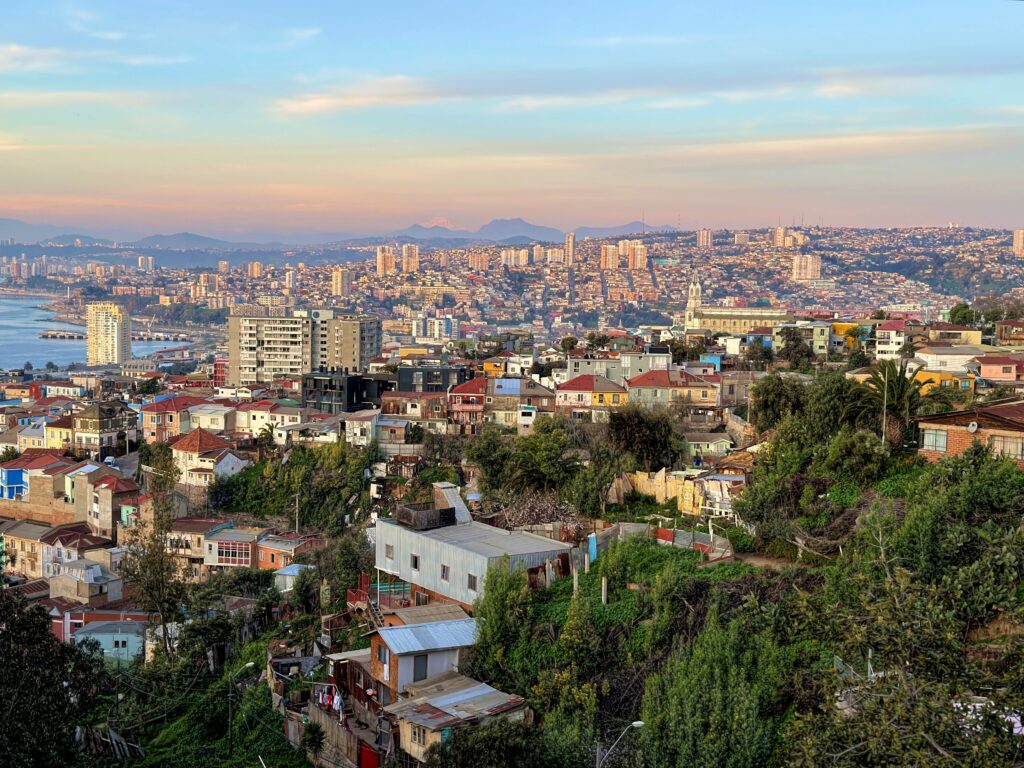
Living and studying in a new cultural and language environment directly challenges these ingrained neural networks of perceptual bias and prediction by undermining expectations about what we’ll see, hear, taste and smell, and how others perceive us and our behavior, introducing surprise and novelty, and often pulling us into the conscious present.
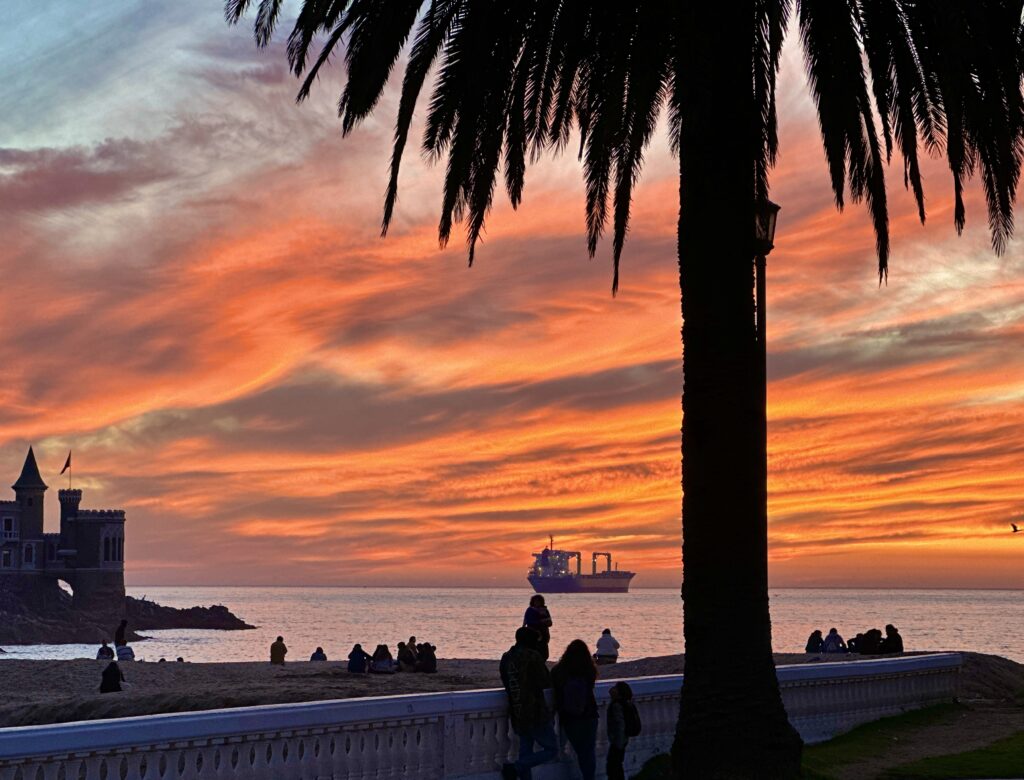
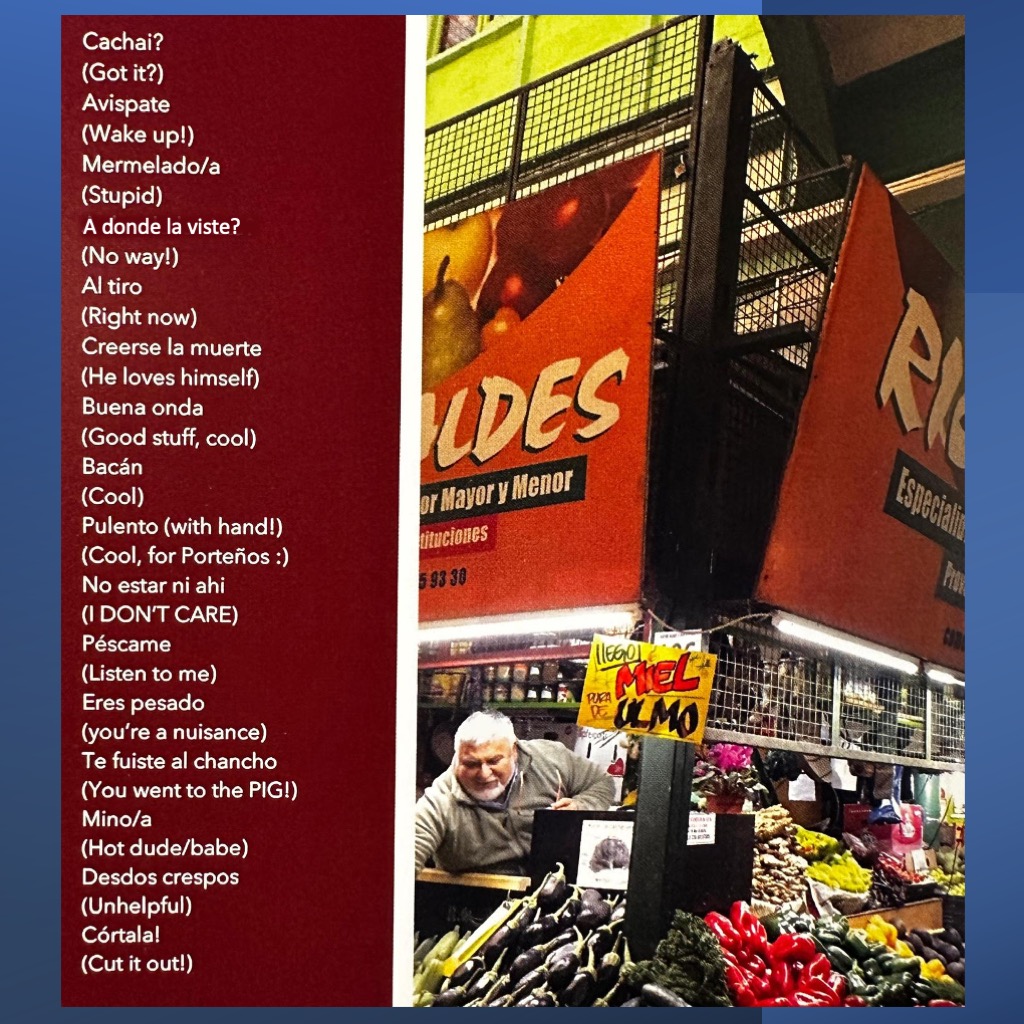
We’ll explore how this experience alters our brains, along with our perceptions as these changes are underway!
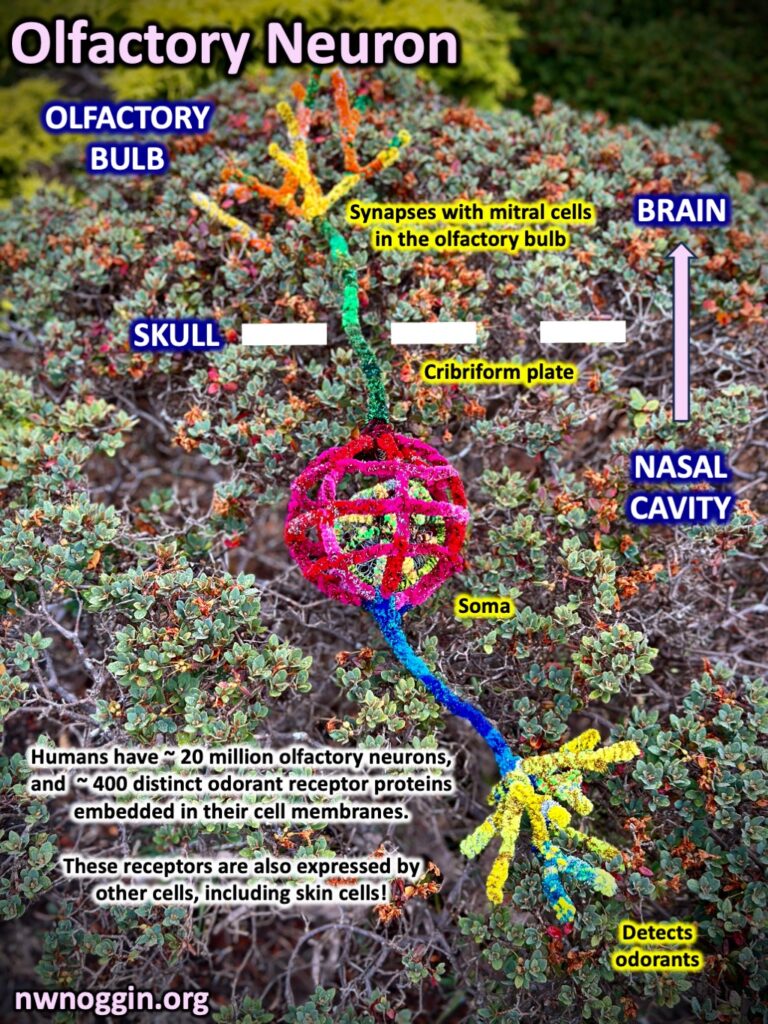
We’ll also experience how artists have manifested social and cultural experiences into often extraordinary works that compel, move, inspire, and affect our understanding of ourselves and our world. We’ll develop our own art journals and create art (including arpilleras, woven depictions of experience) that help us interpret our perceptions in a new environment. We’ll also learn about the culture and recent history of Chile, and how art making can address national and individual trauma, and preserve important memories that allow for accountability and change.
LEARN MORE: Sewing Memories, & Brains
WEEK ONE (7/17 – 7/21):
Introduction, Electrophysiological Properties of Neurons & Synapses
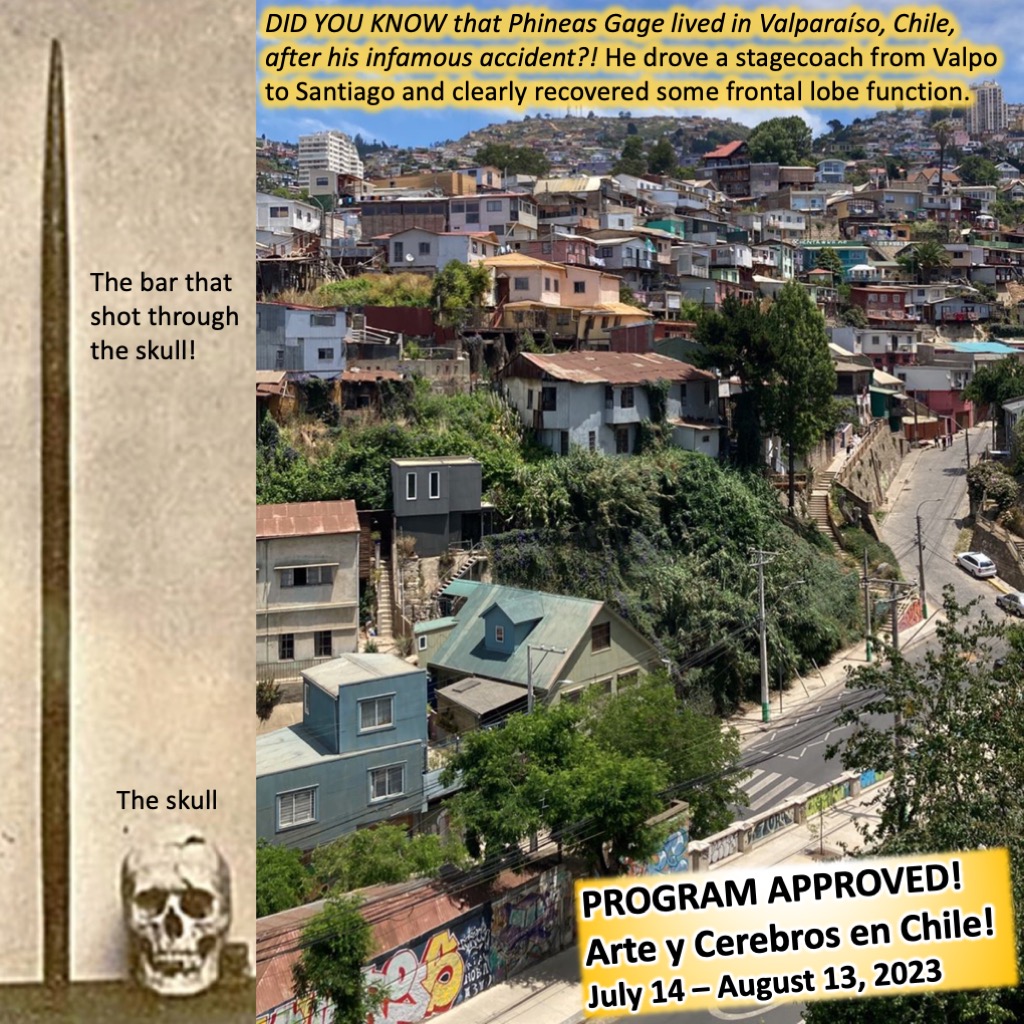
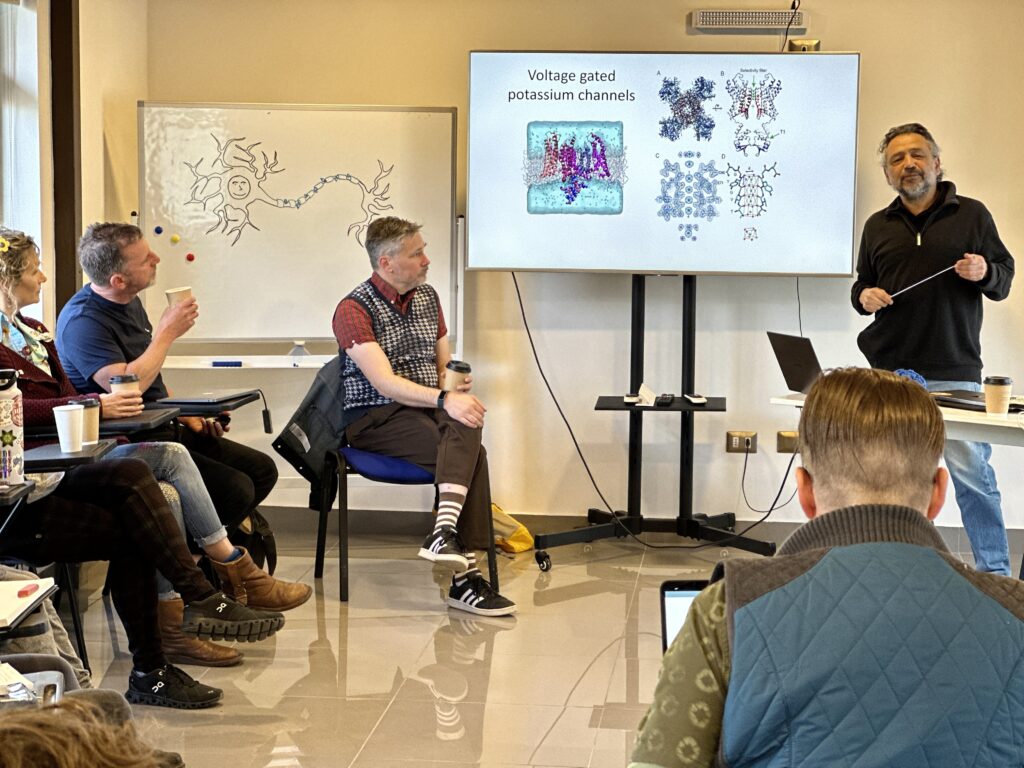

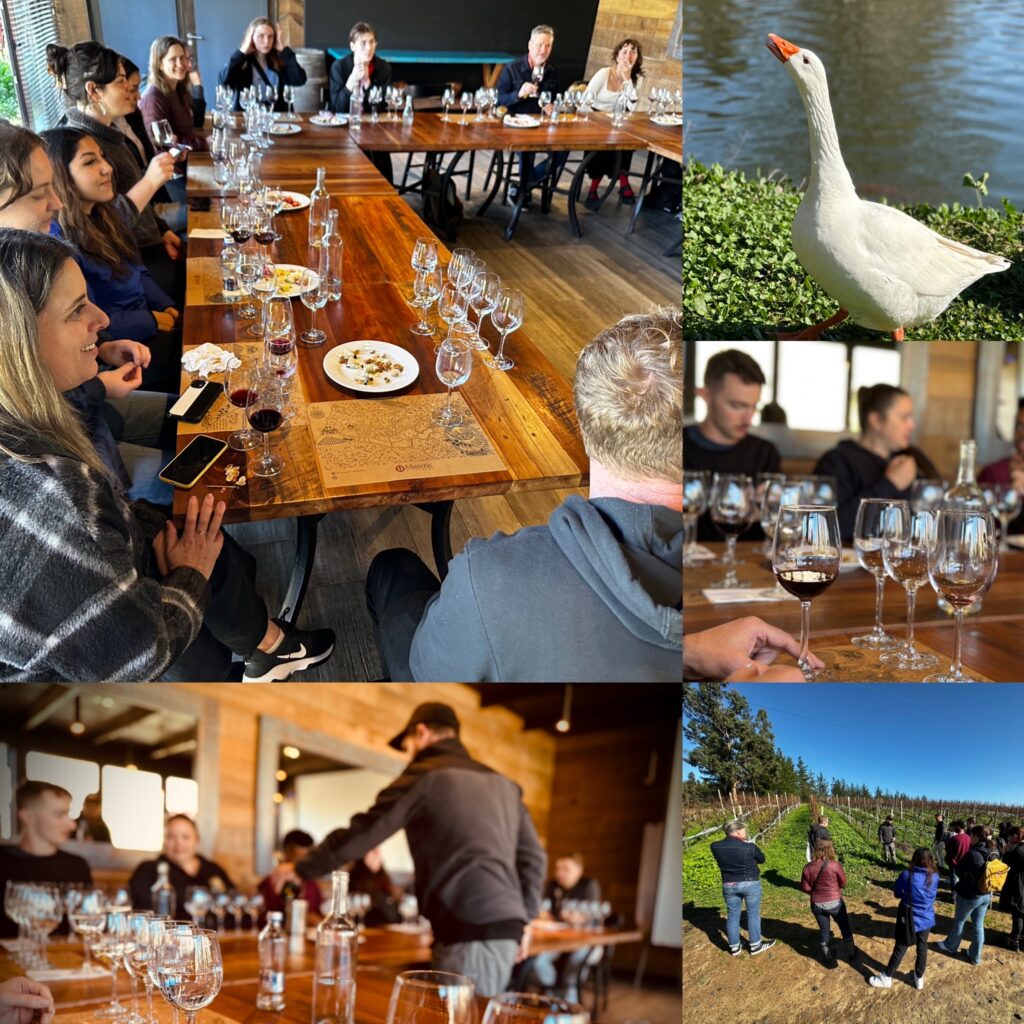
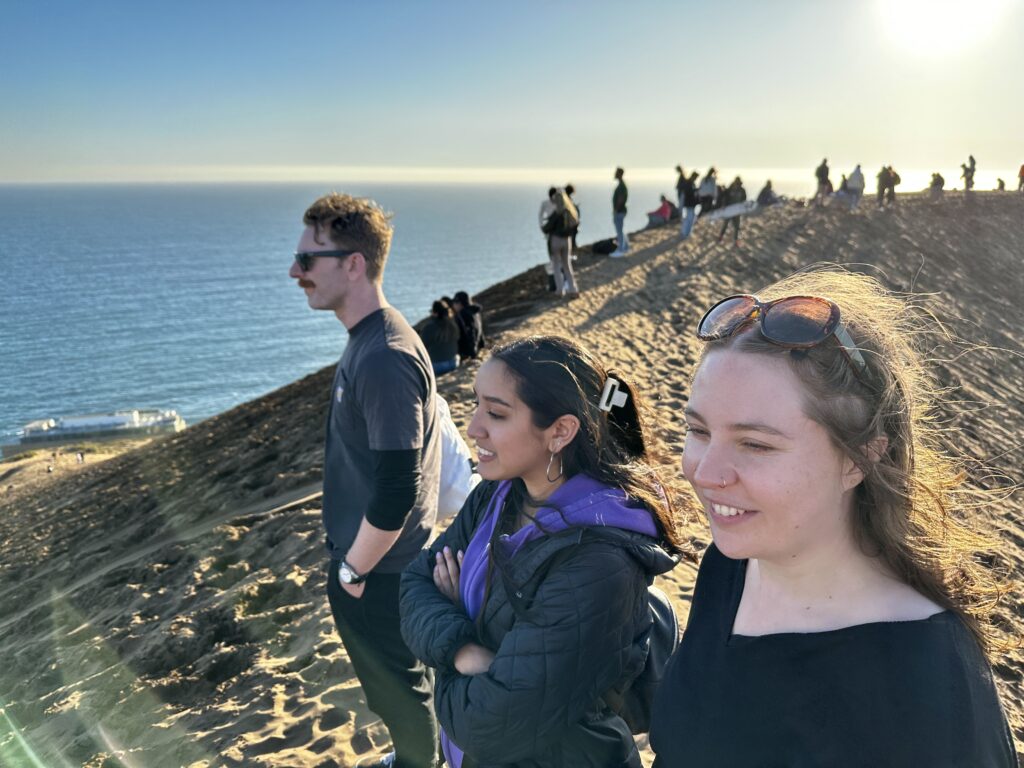
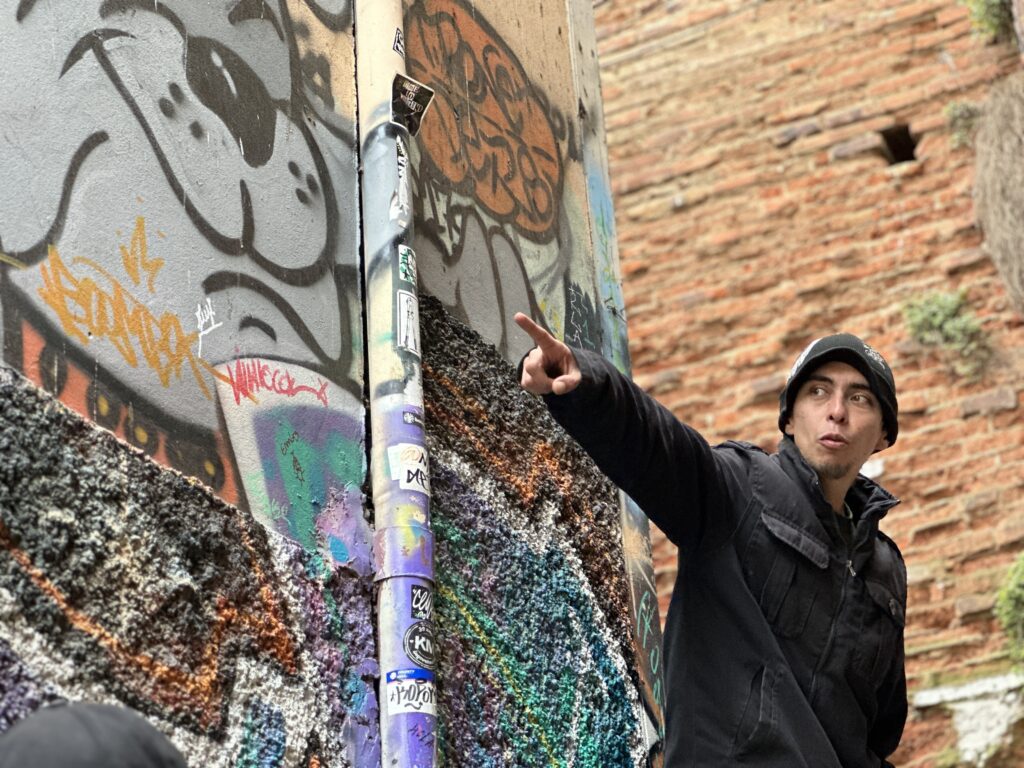
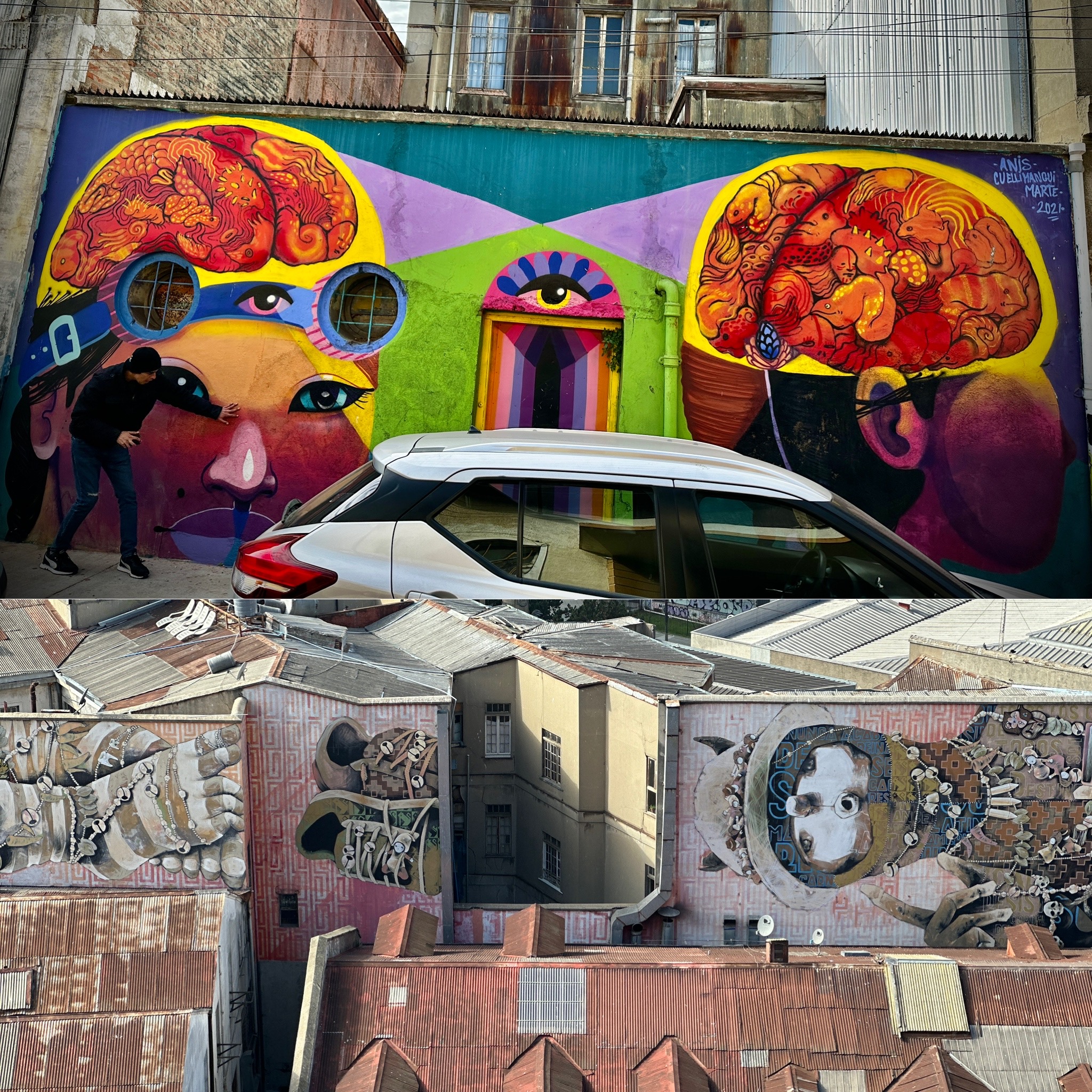
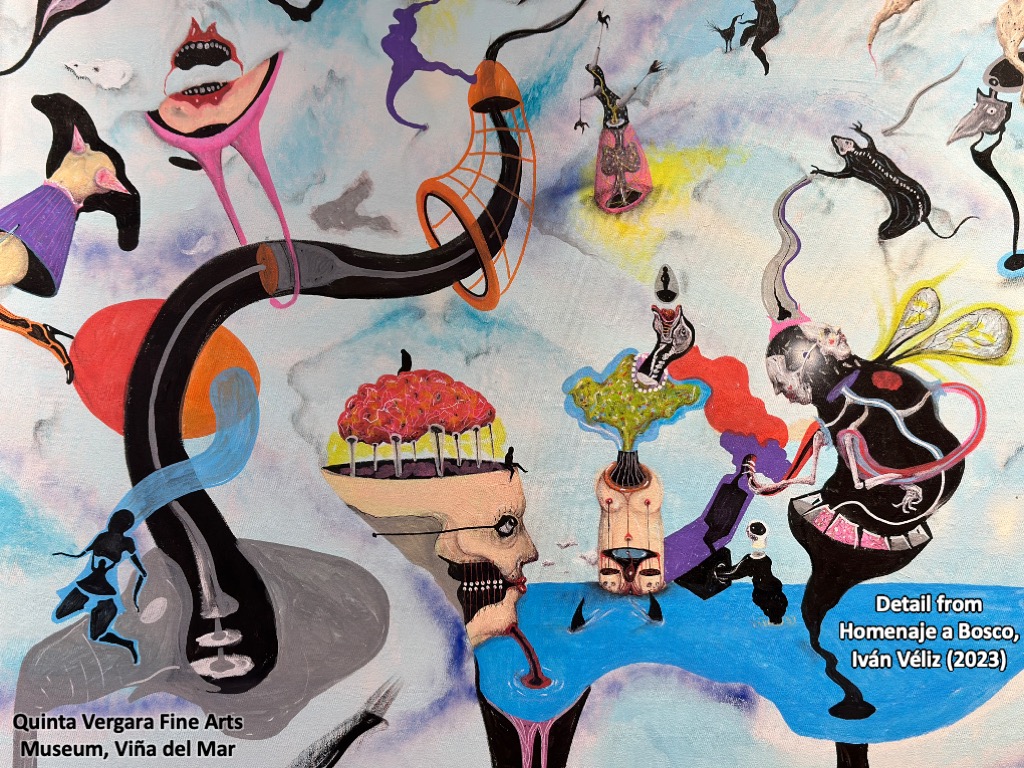
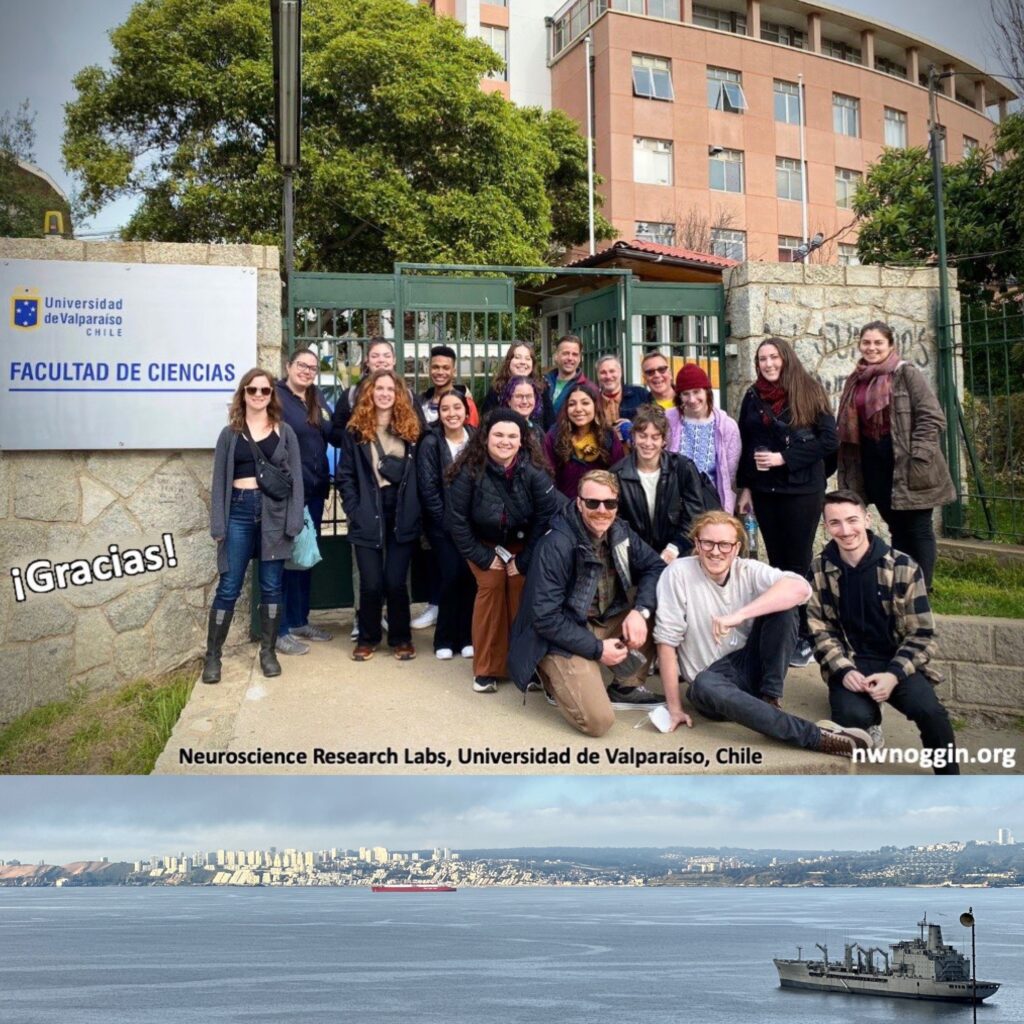
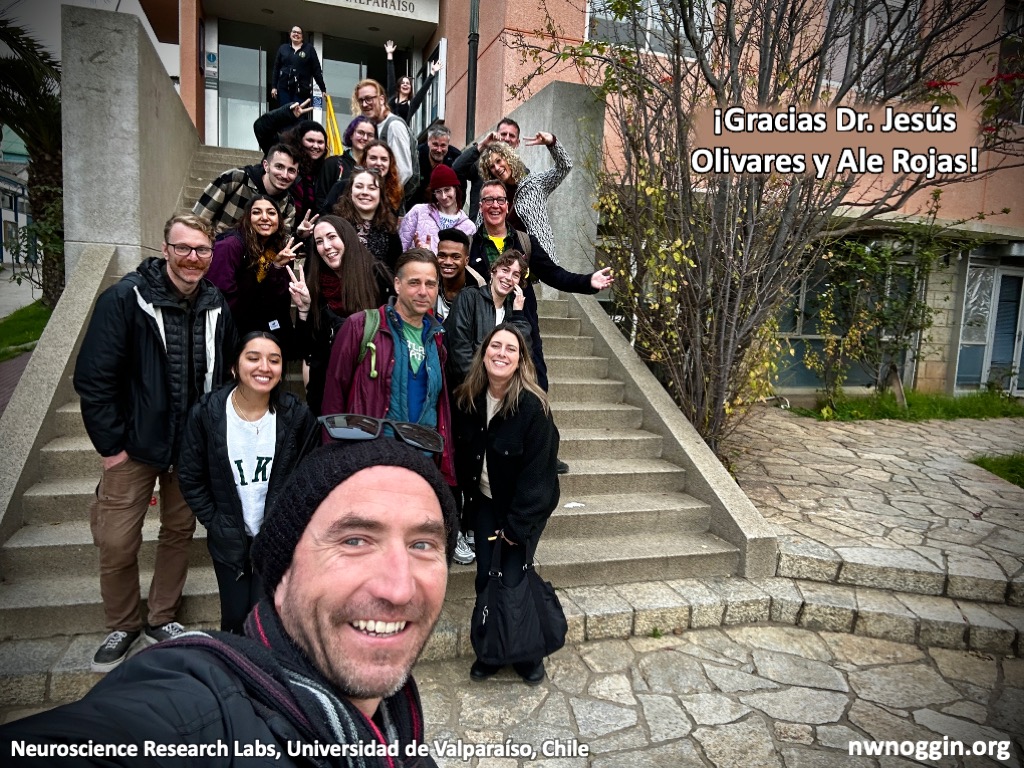
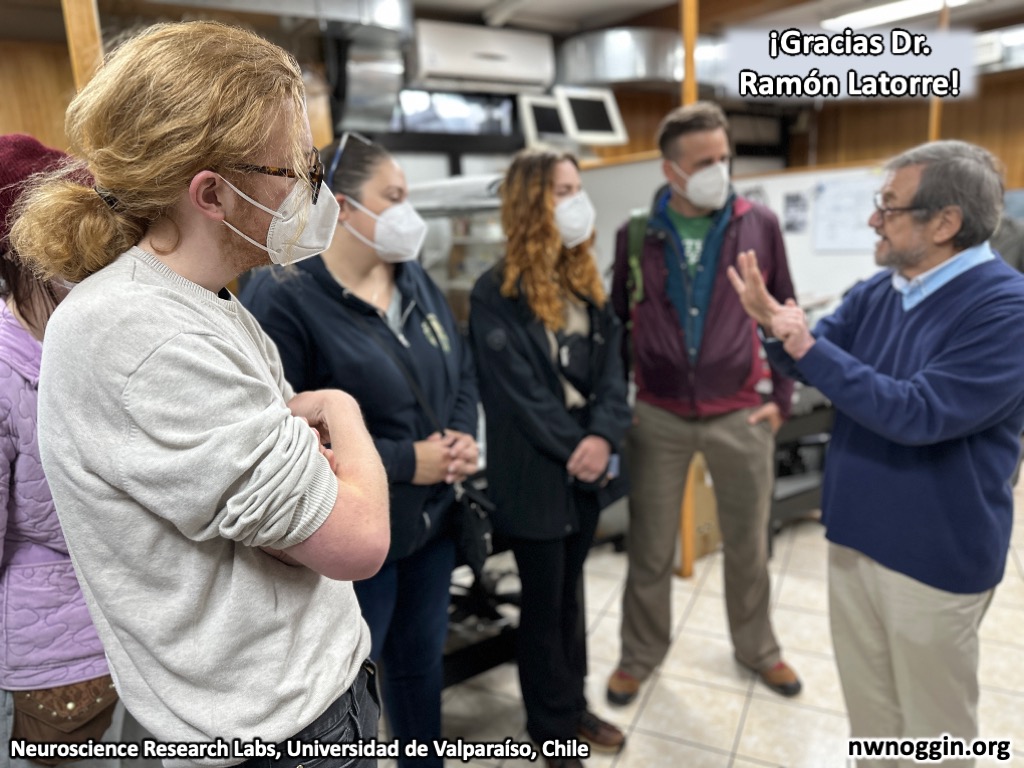
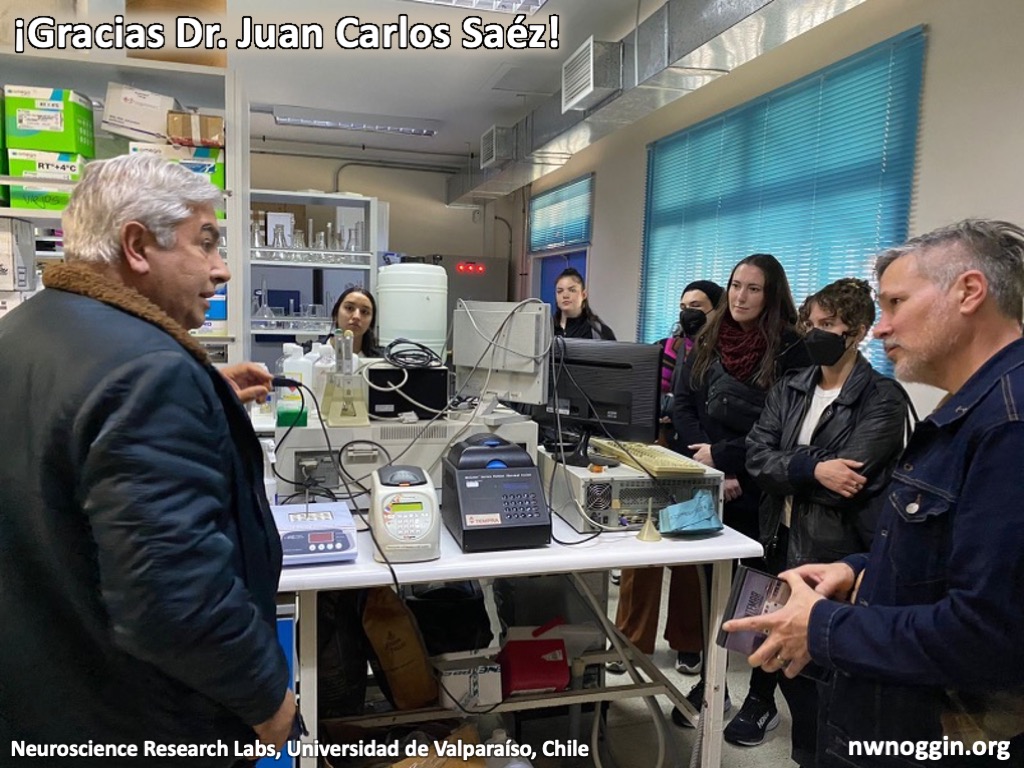
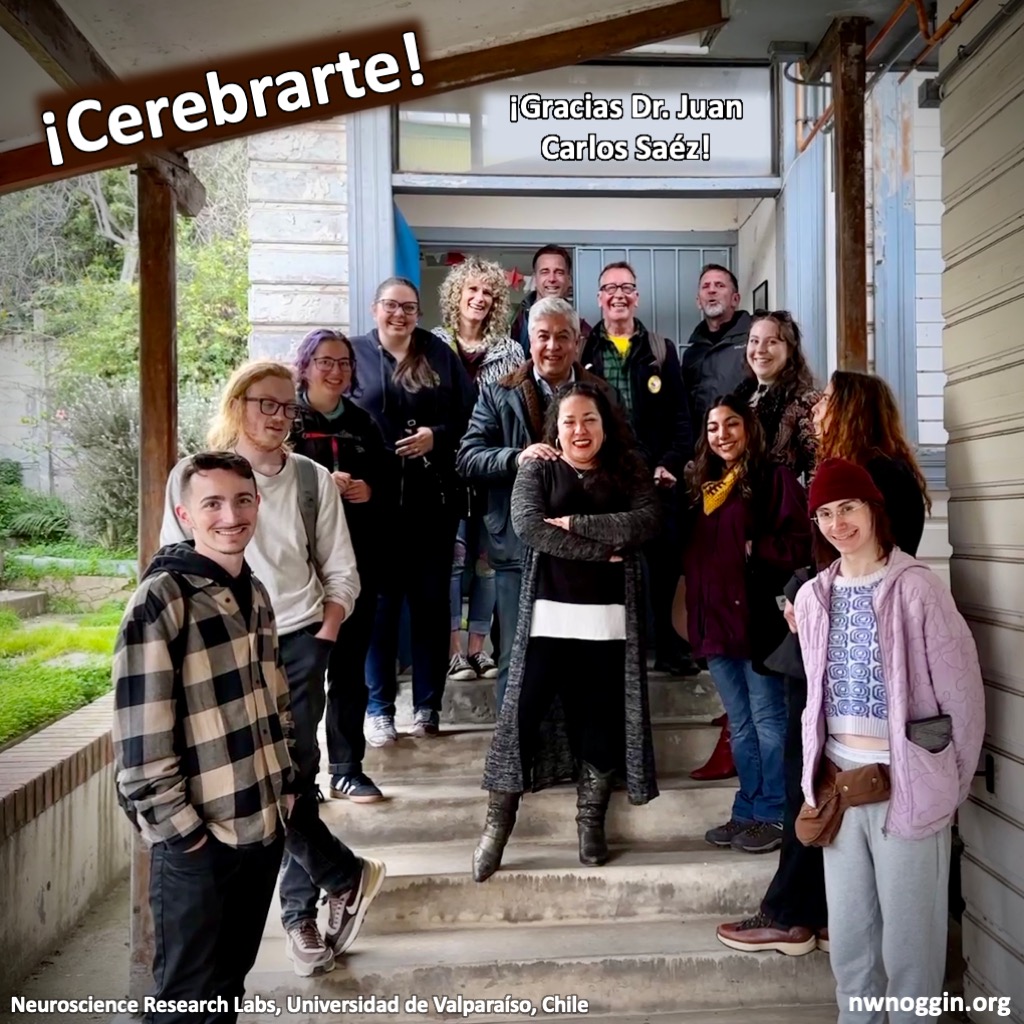
LEARN MORE: Anti-Inflammatory Chilean Endemic Plants
LEARN MORE: Neurociencia de Valparaíso Programas de Divulgación
LEARN MORE: Neurociencia de Valparaíso Publicaciones
LEARN MORE: Neurociencia de Valparaíso Documentales
LEARN MORE: Neurociencia de Valparaíso Multimedia
LEARN MORE: Neurociencia de Valparaíso Imágenes Científicas
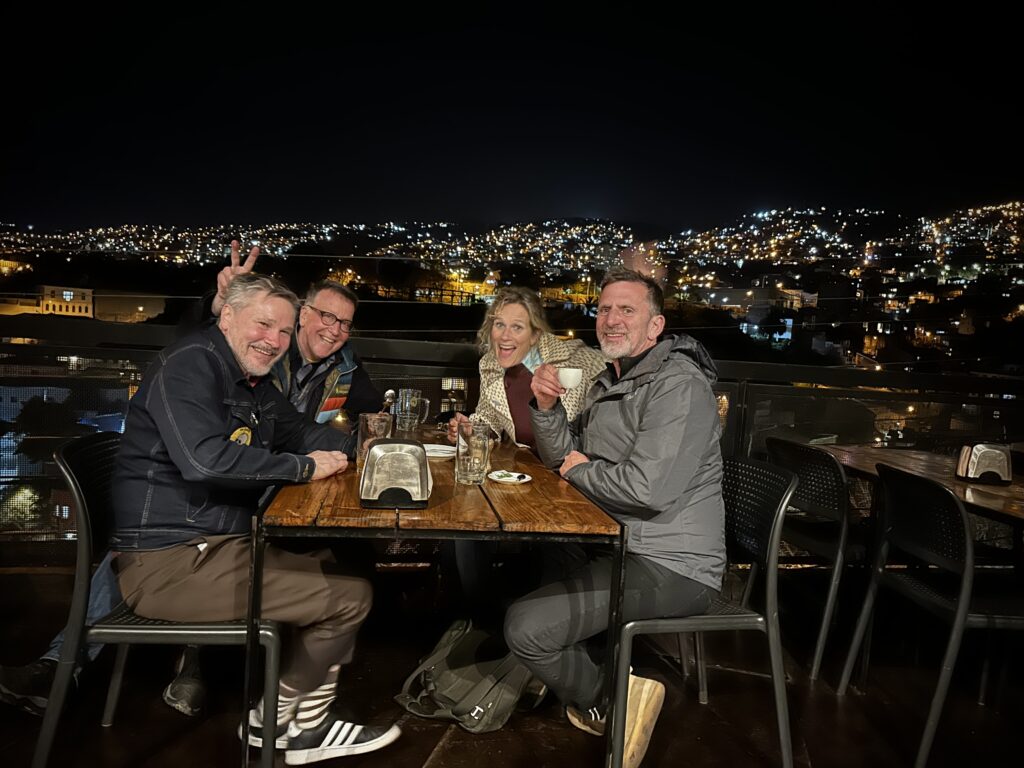
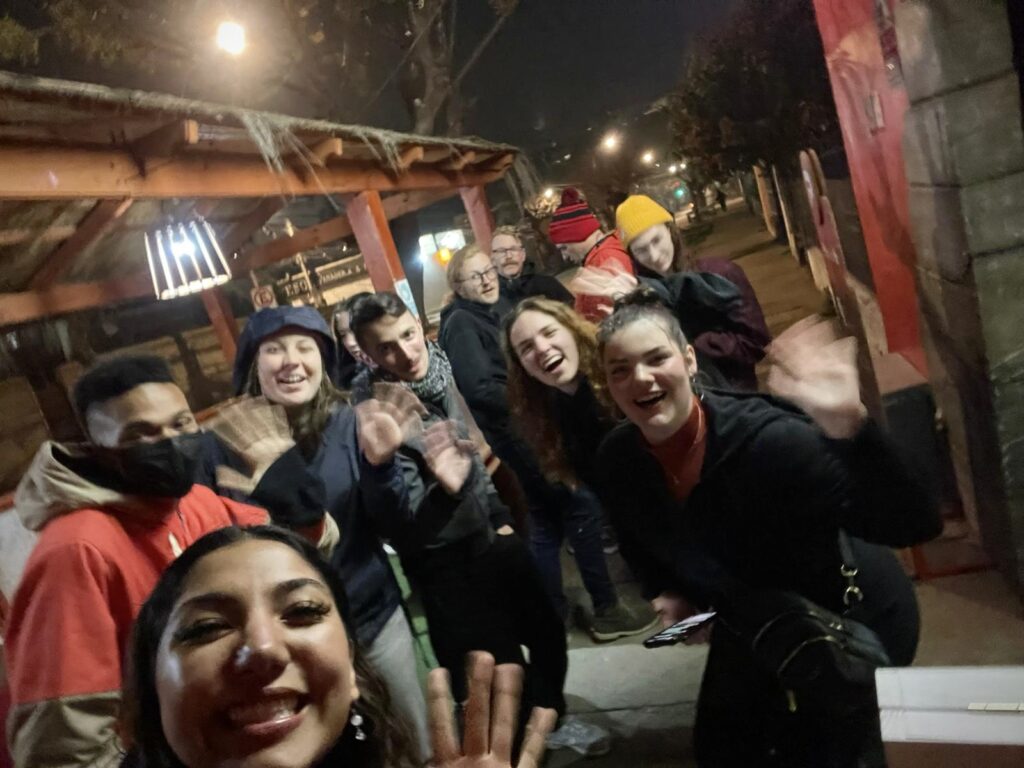
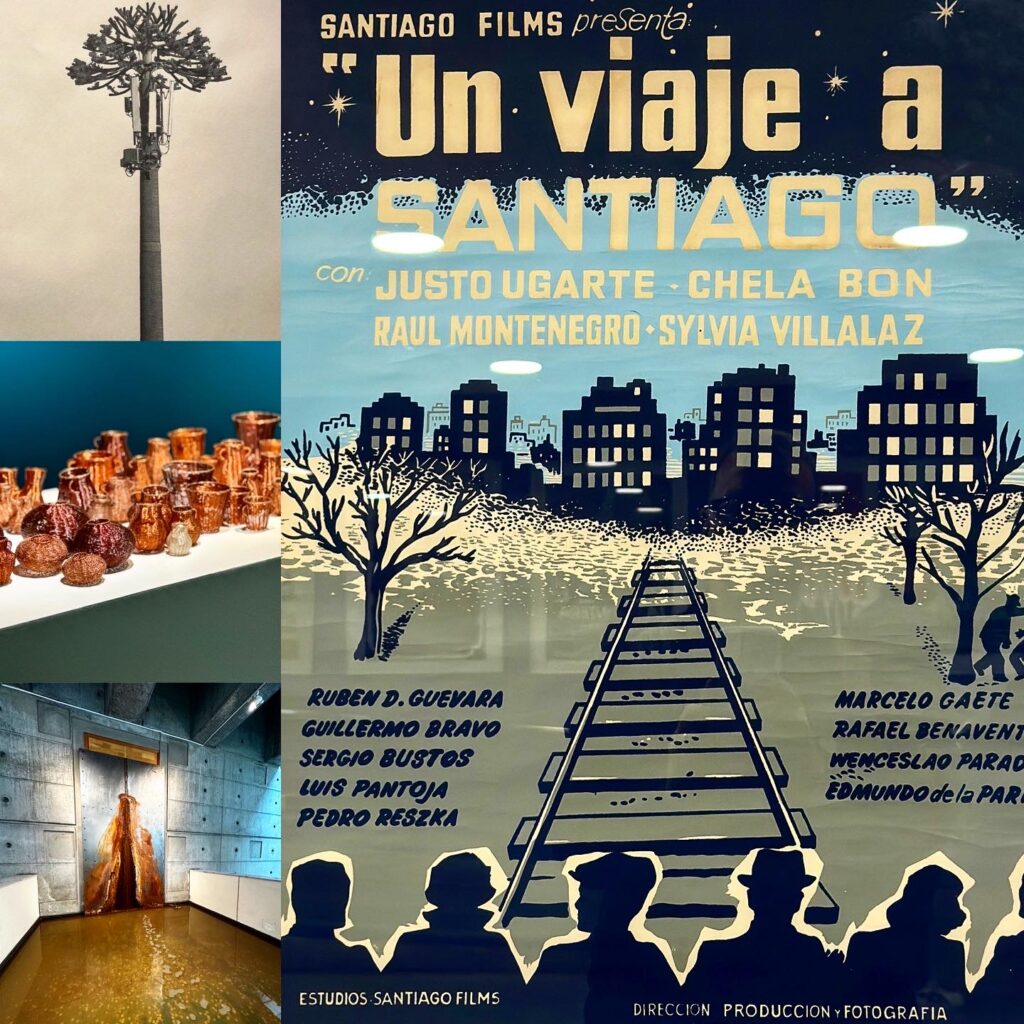
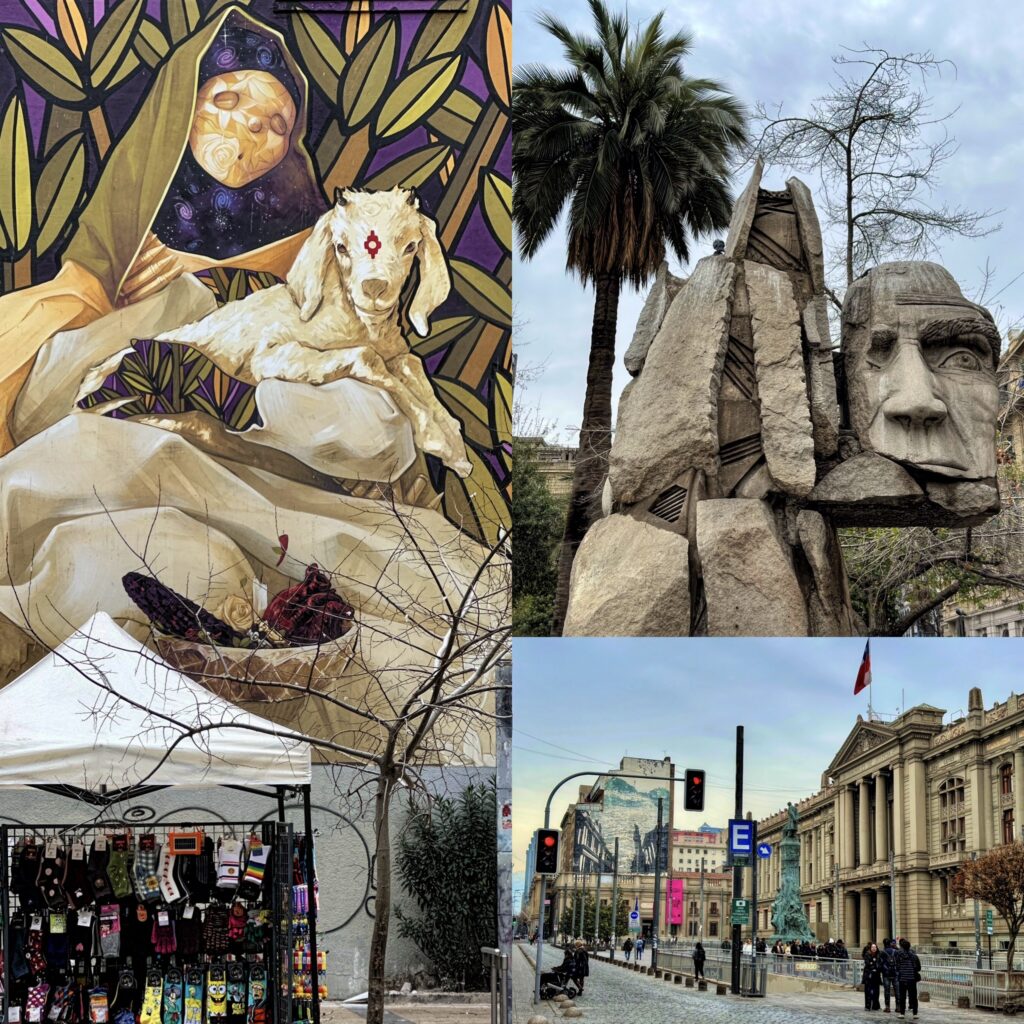
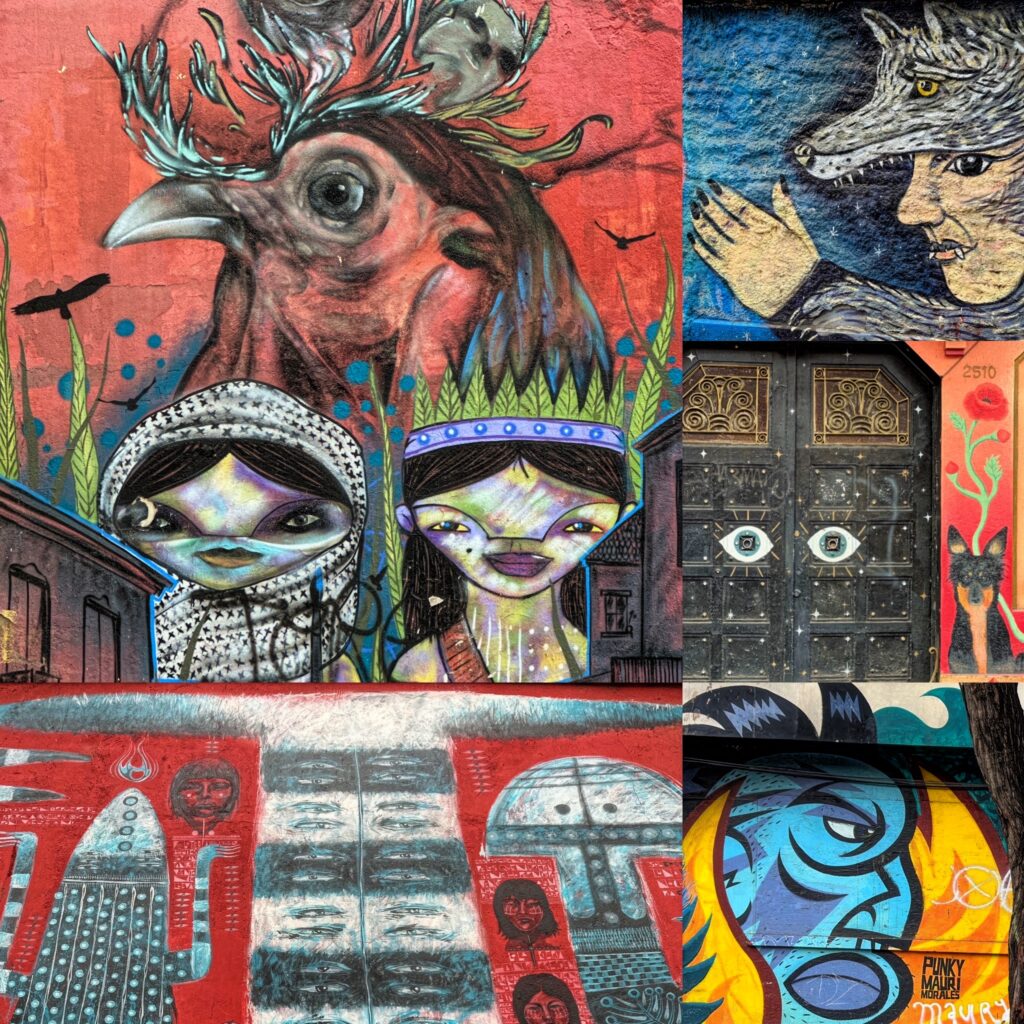
WEEK TWO (7/24 – 7/28):
Neuroaesthetics, Gestalt & Chemical Senses
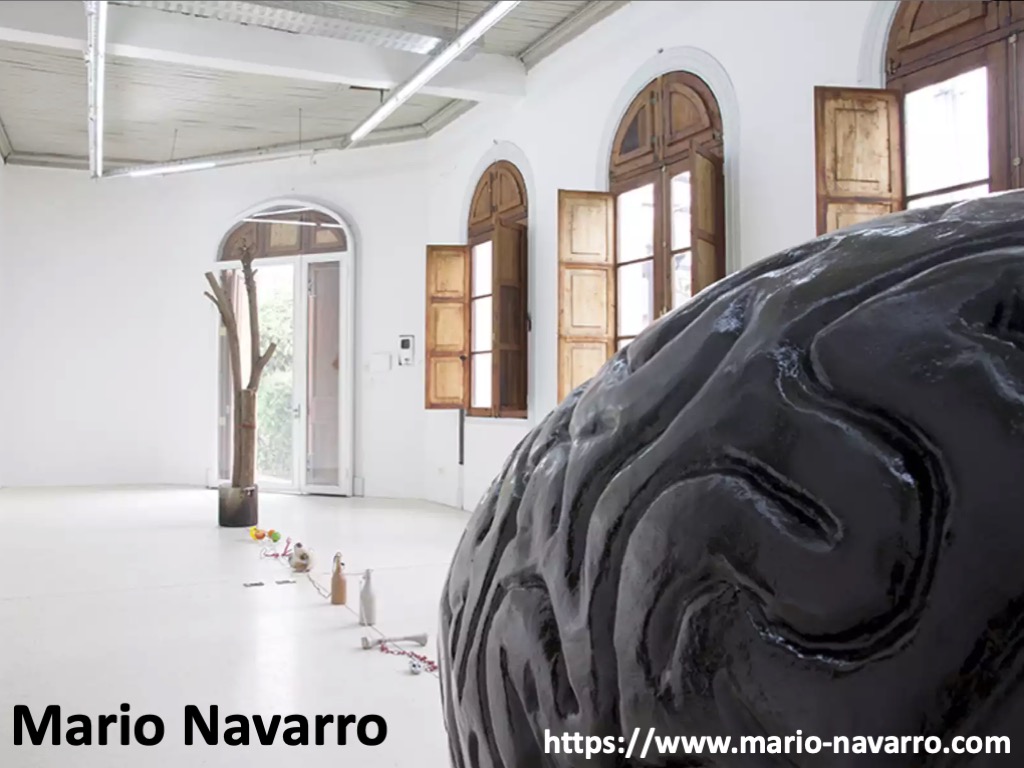
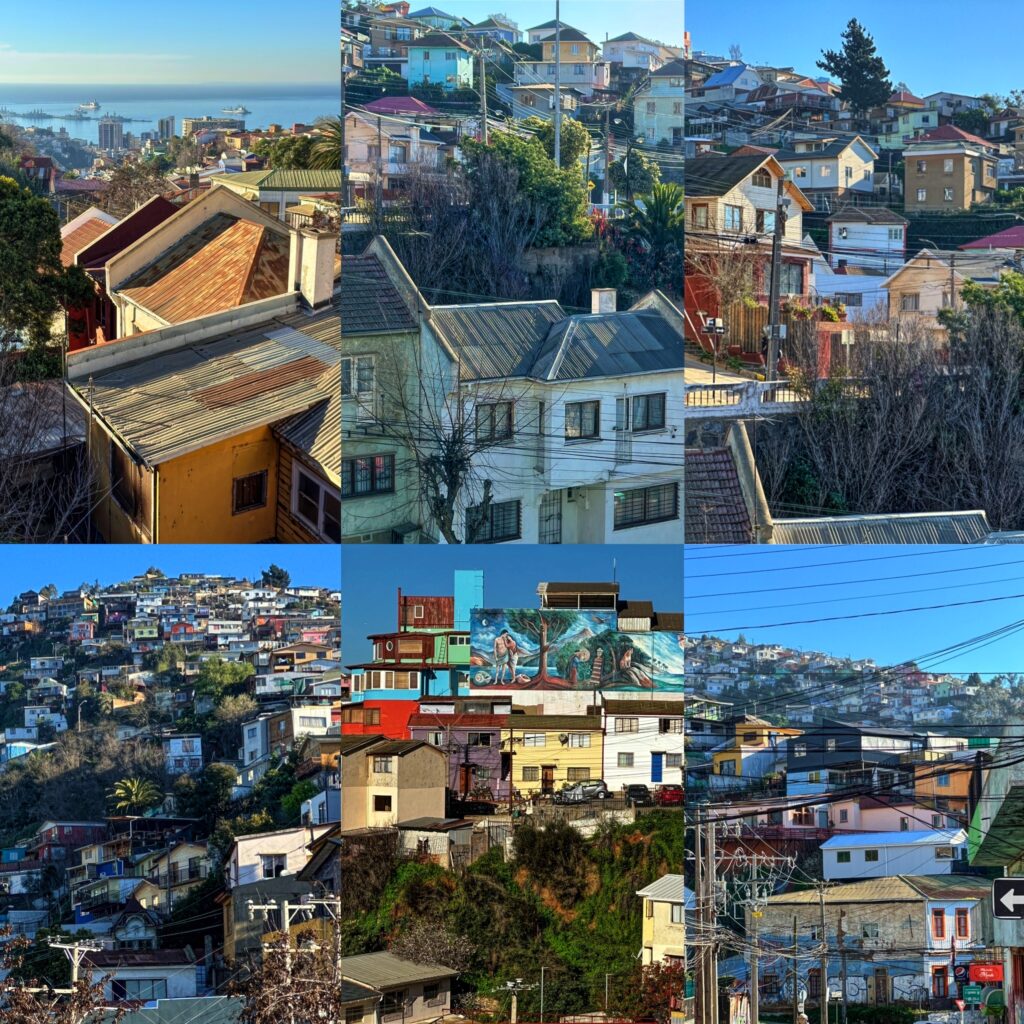
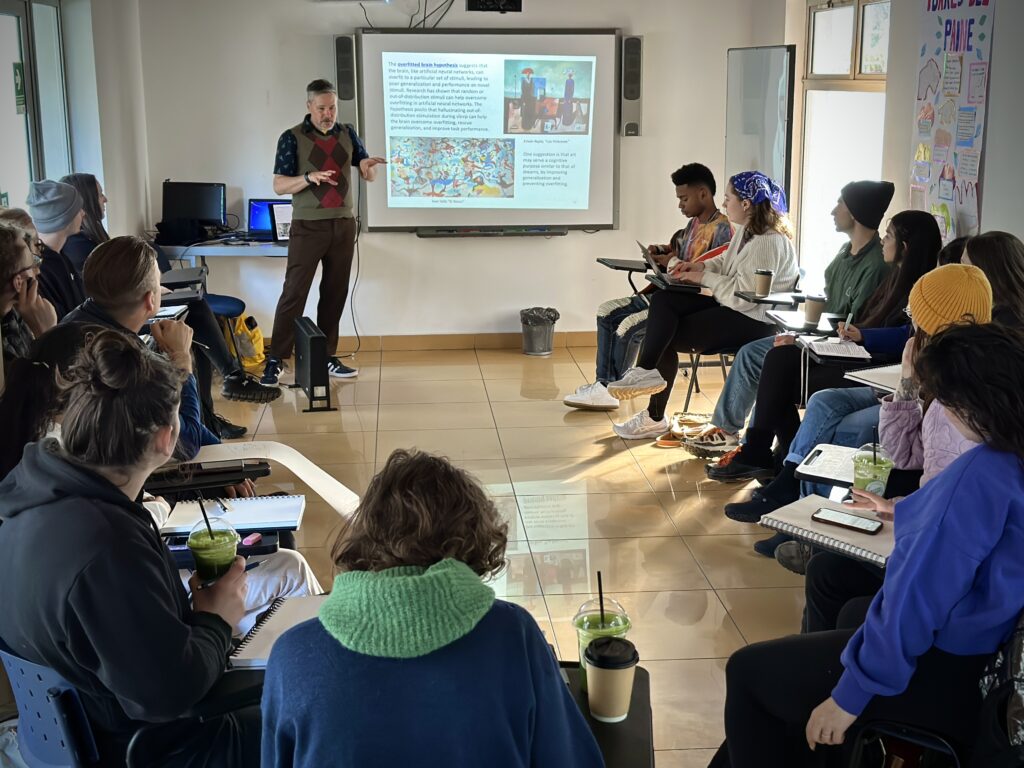
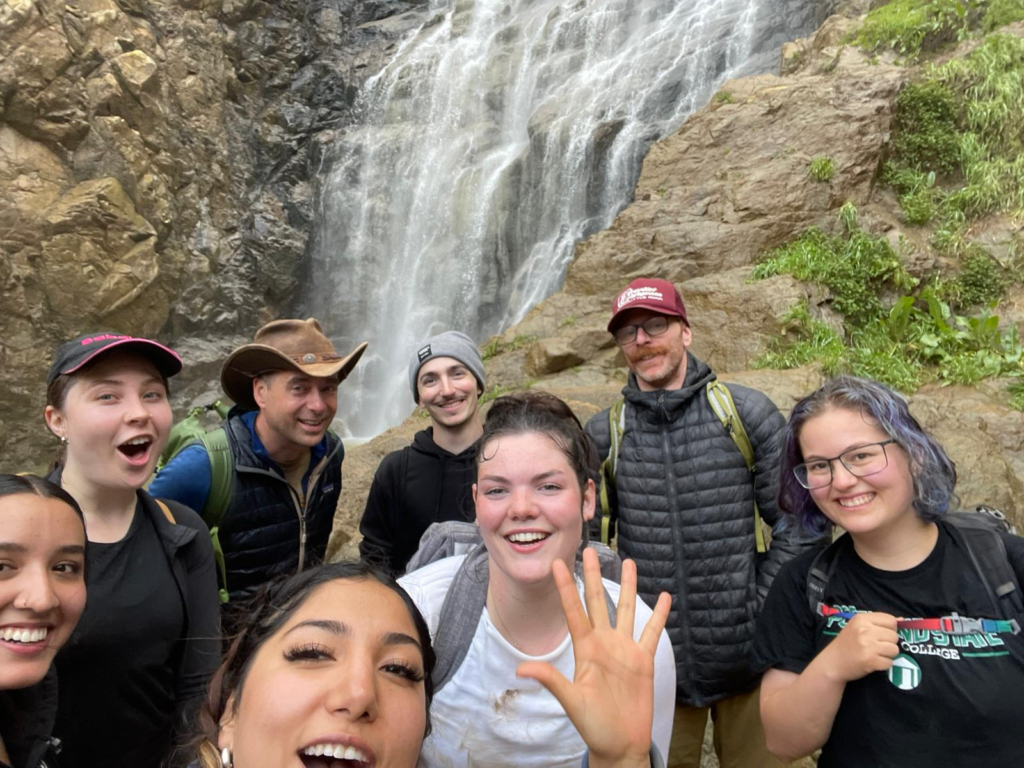
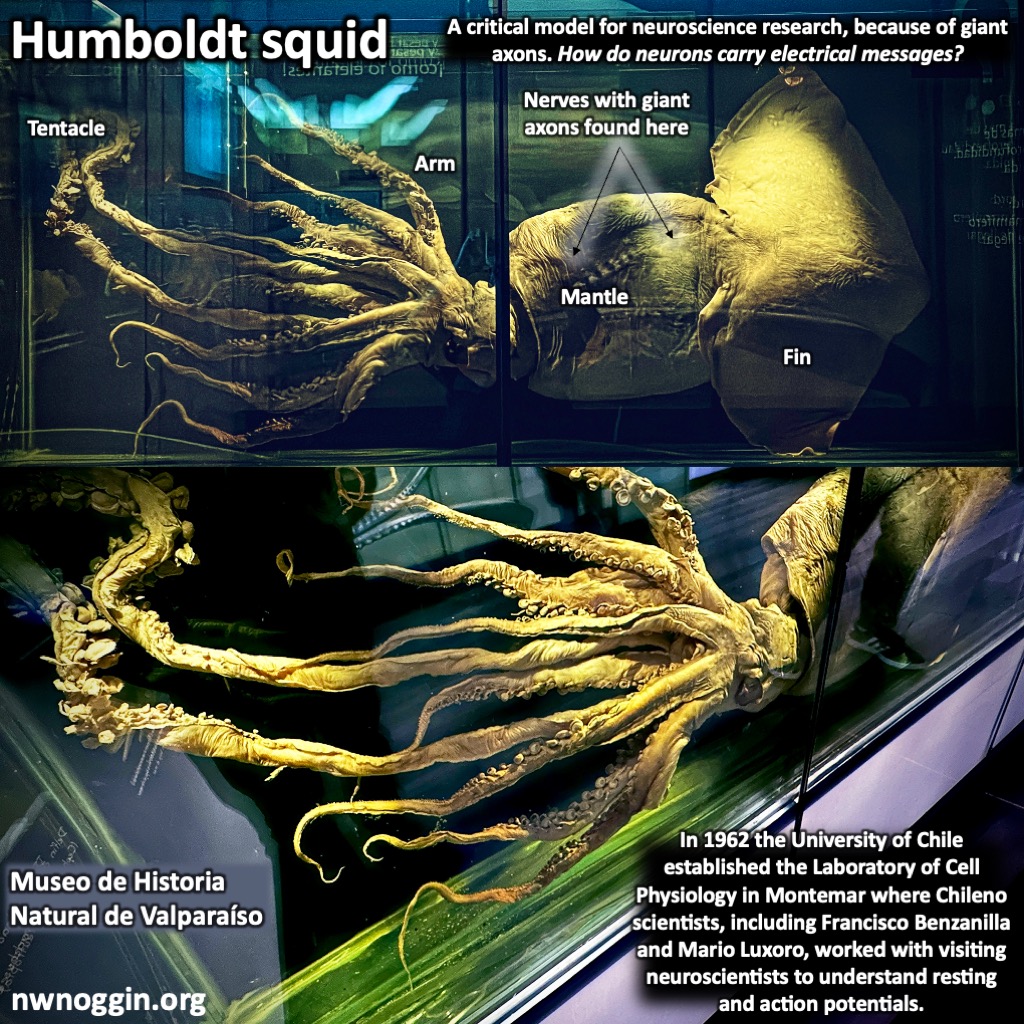
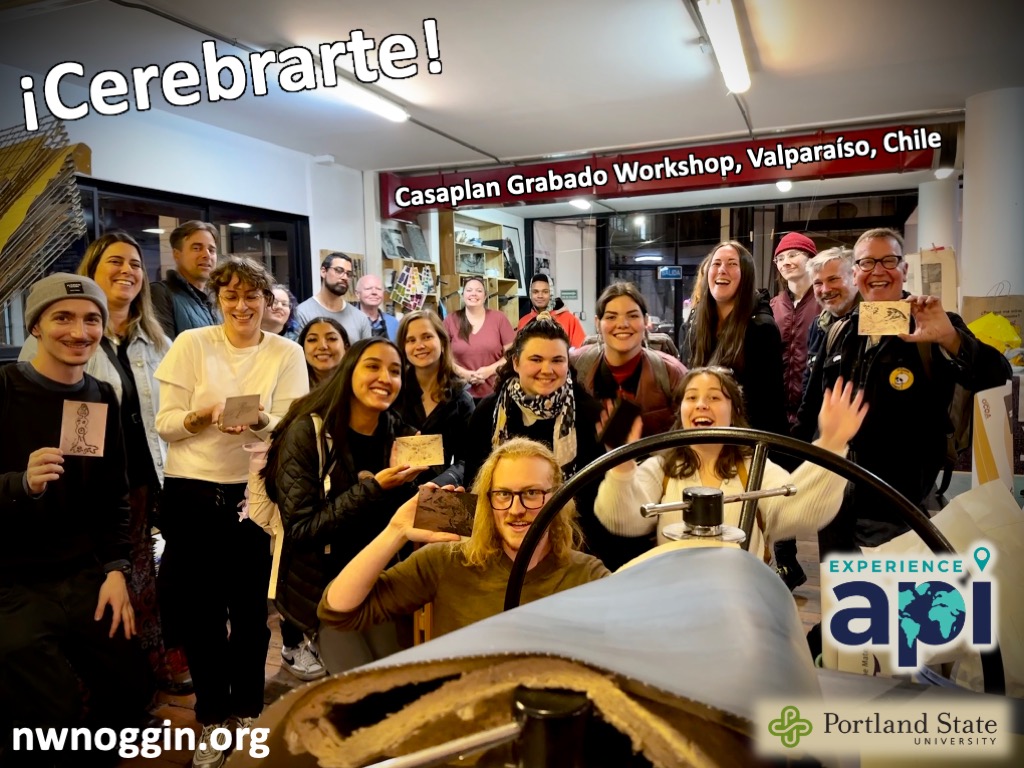
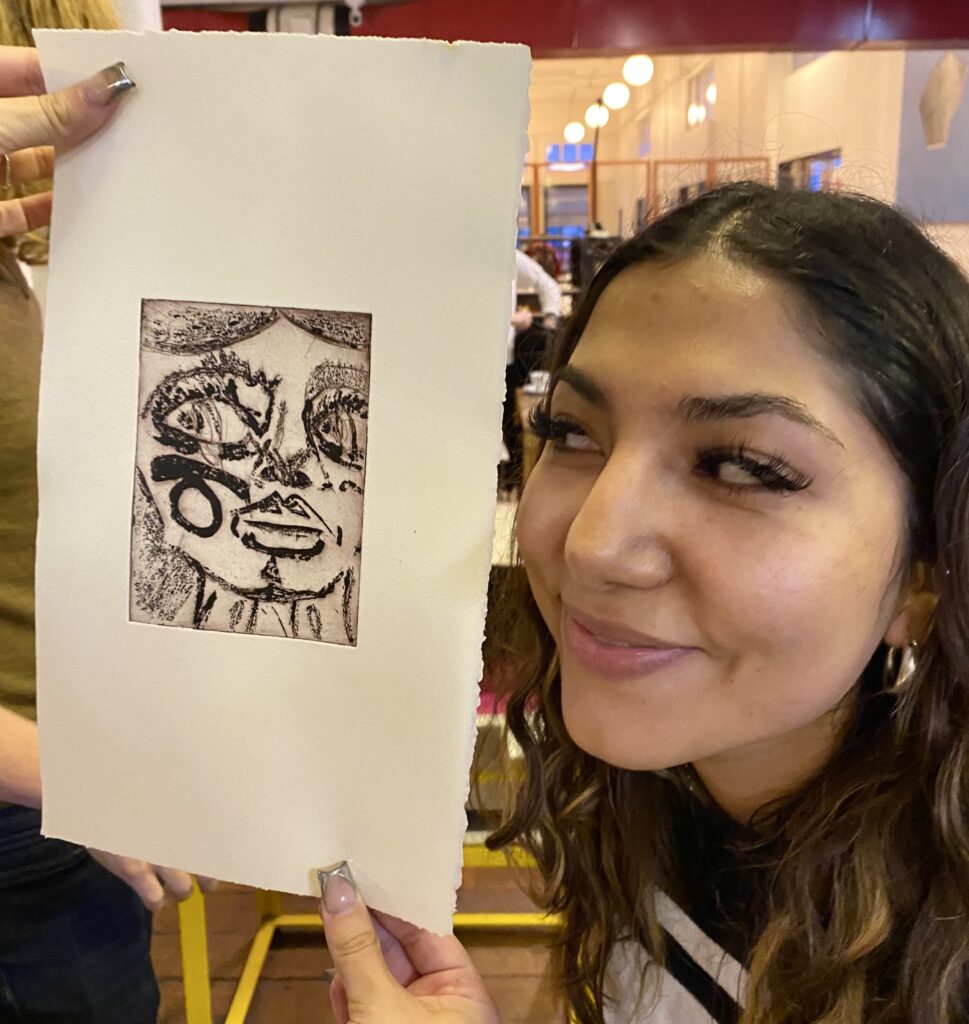
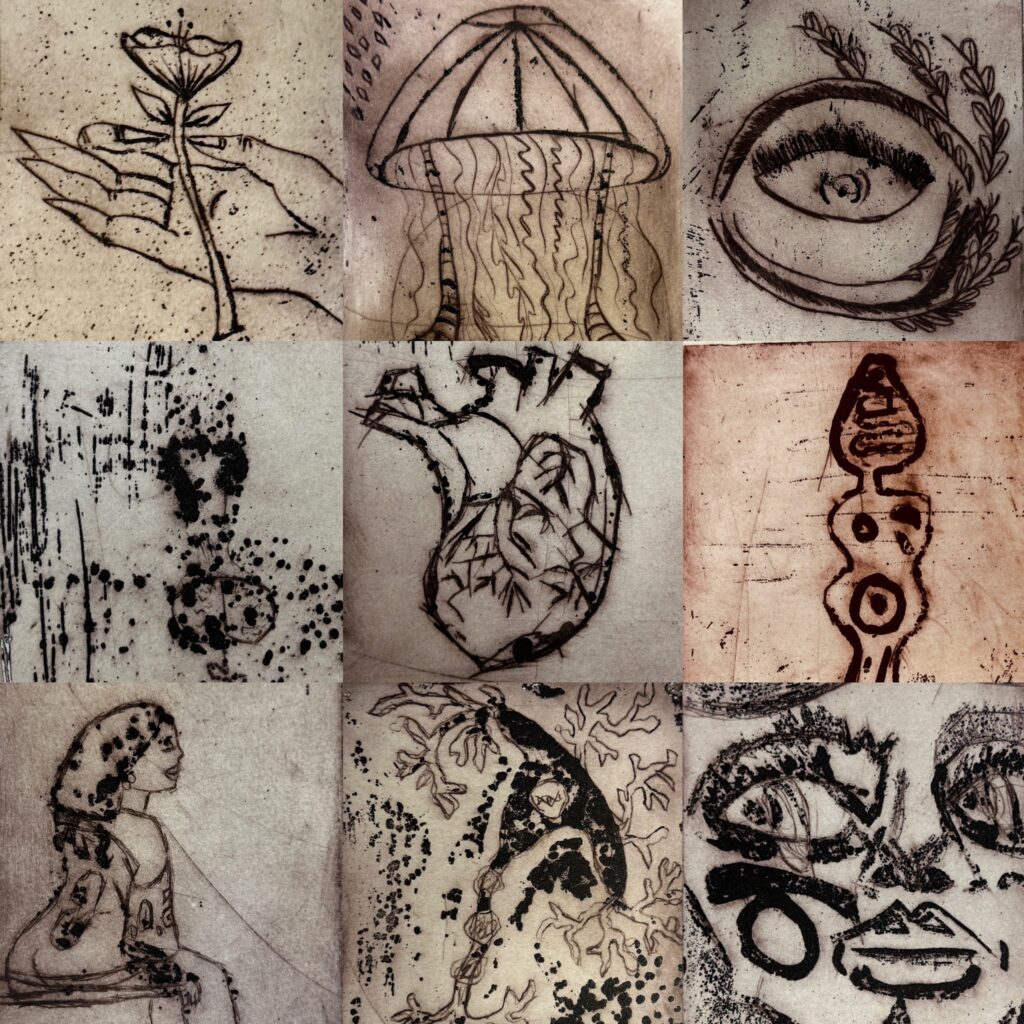
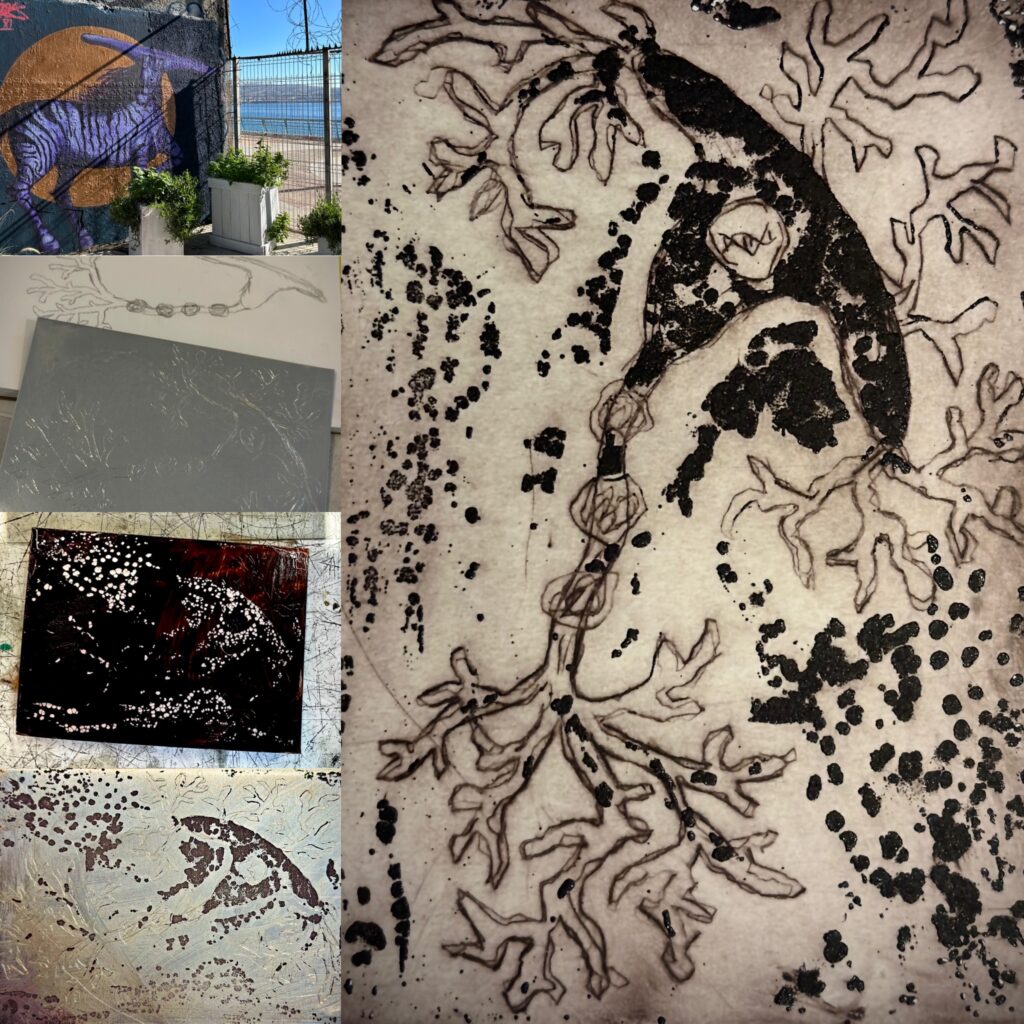
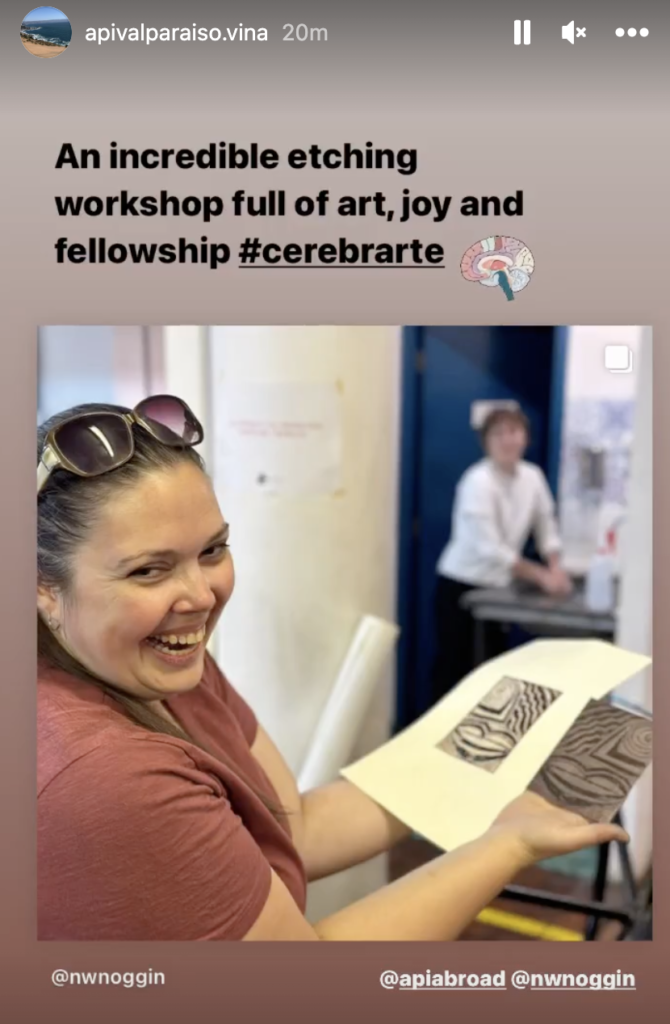
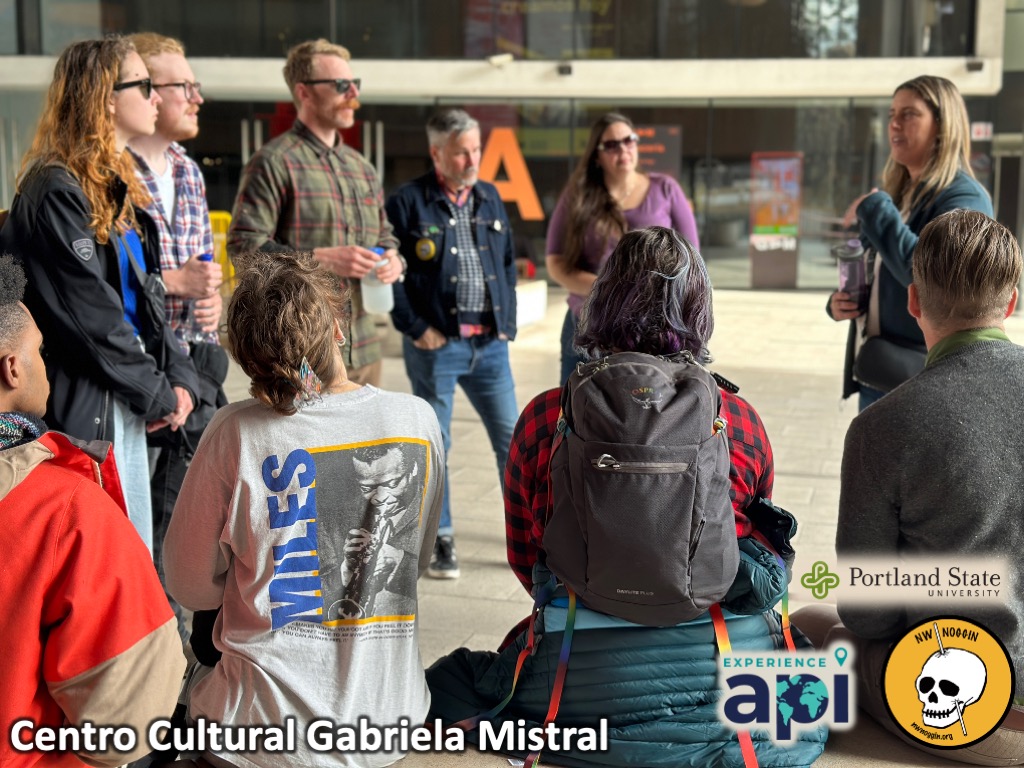
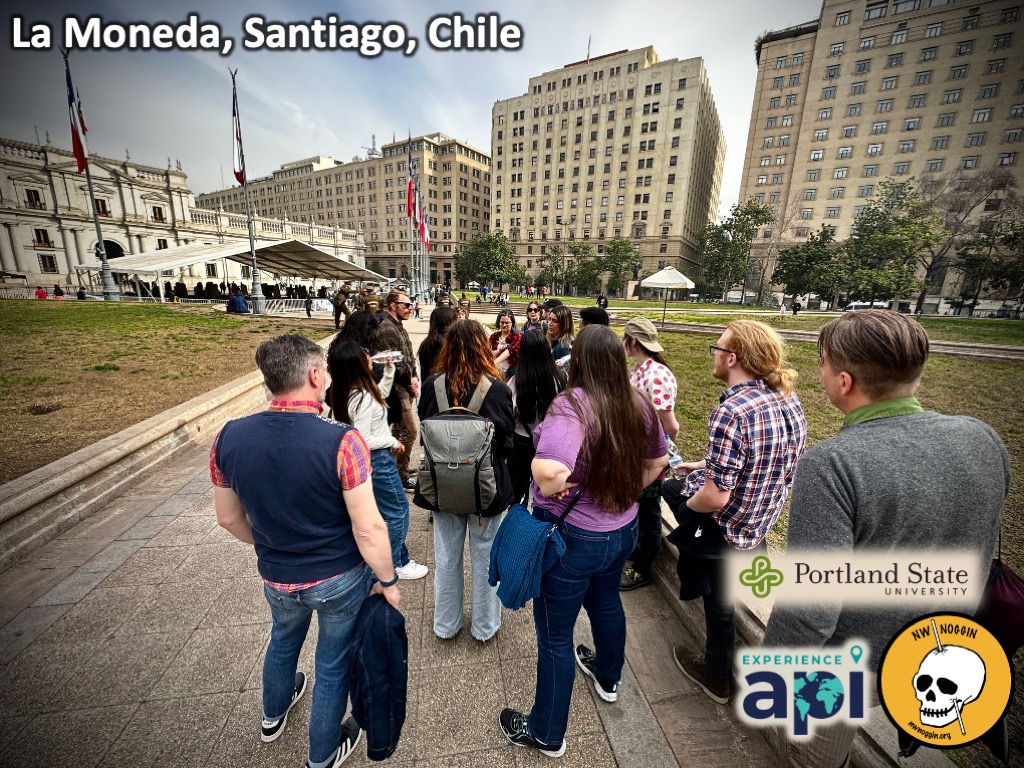
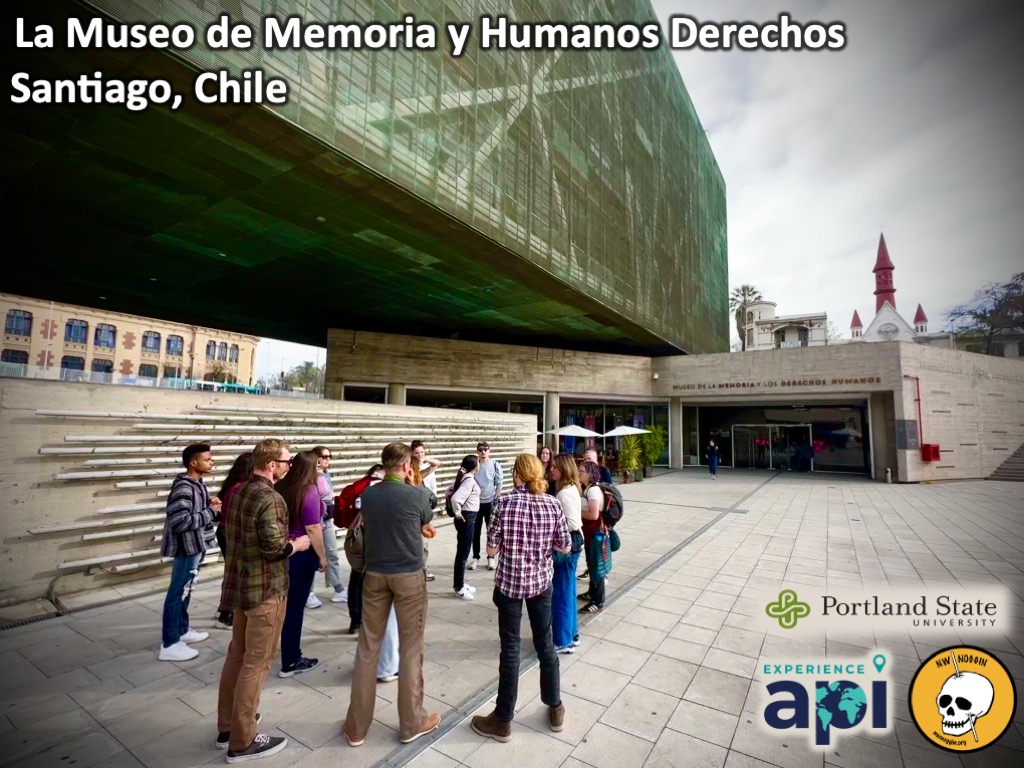
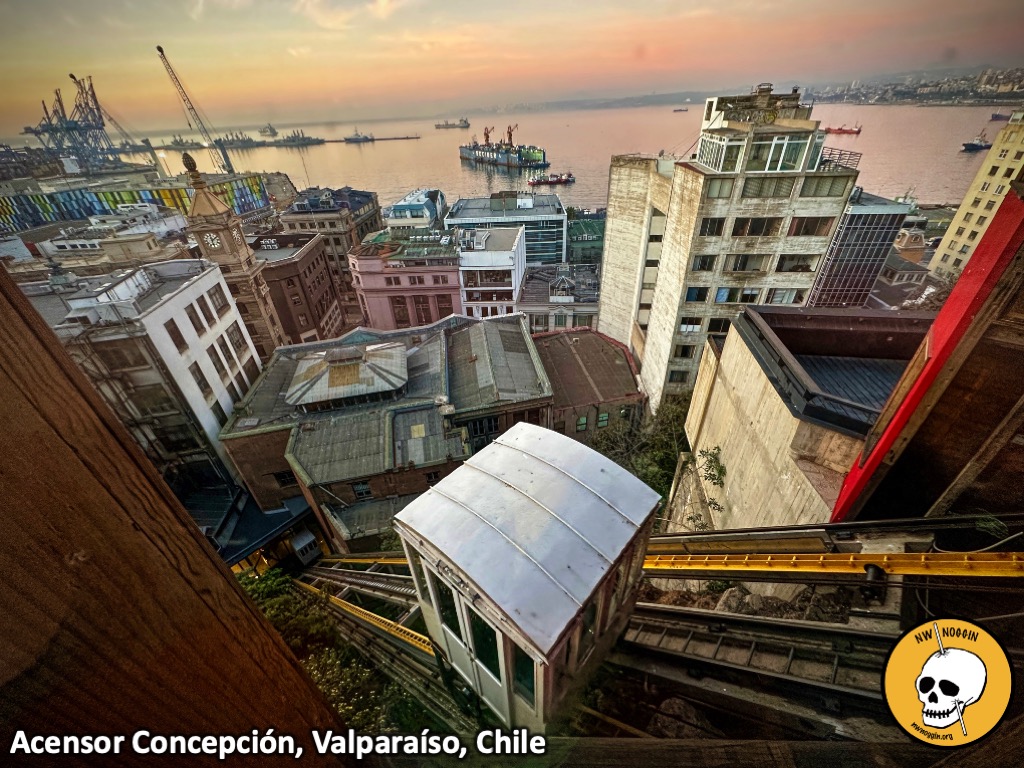
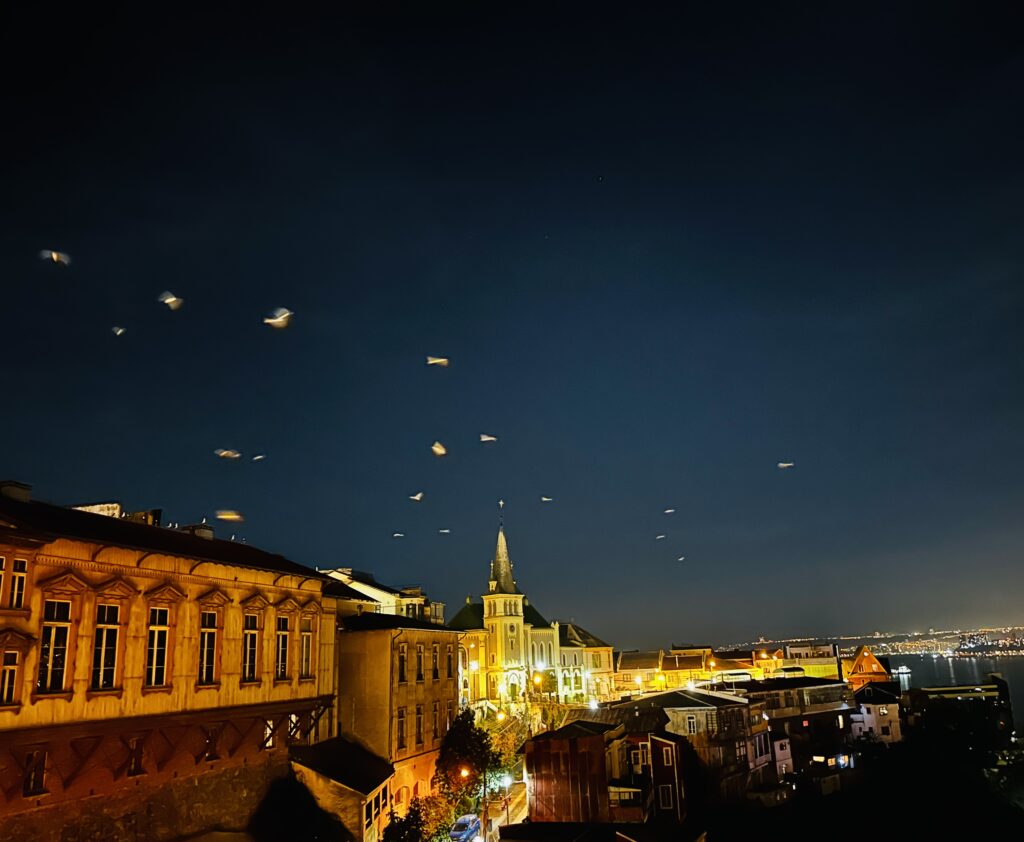
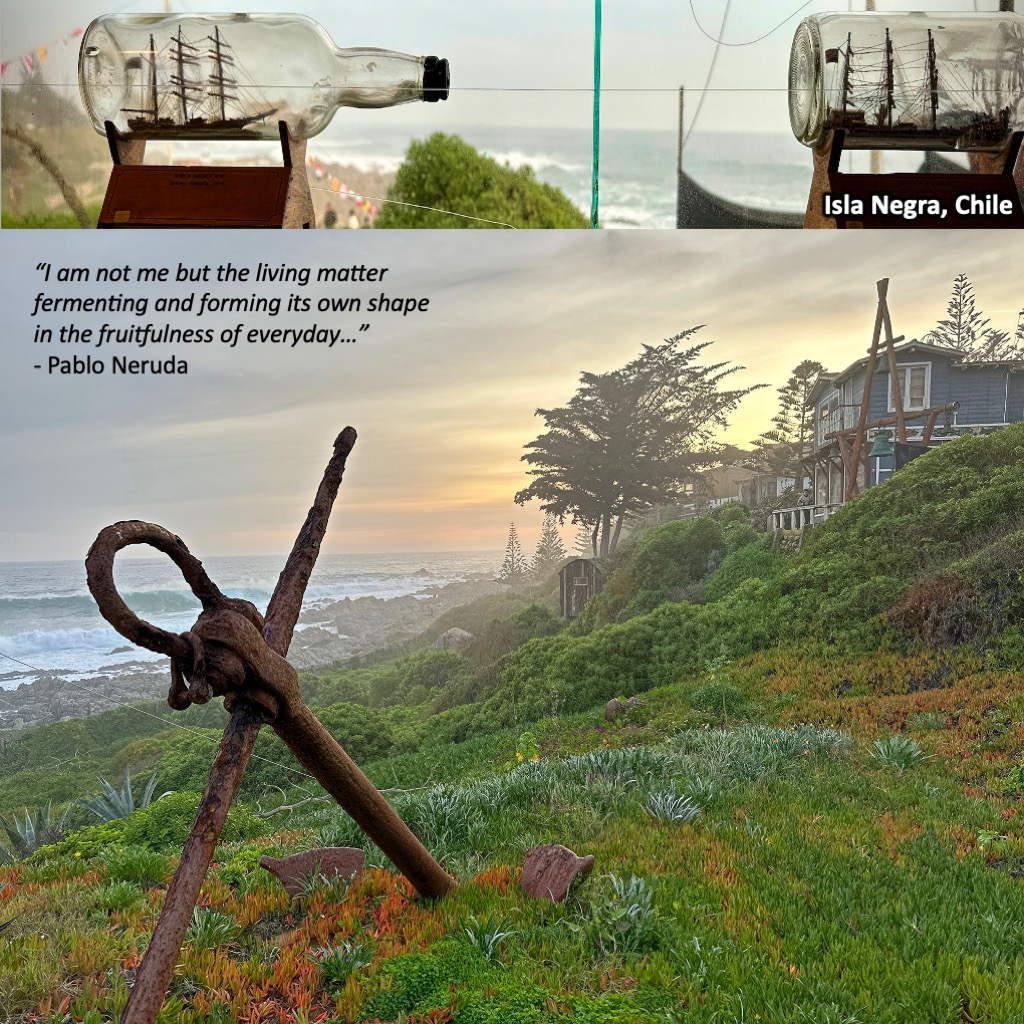
WEEK THREE (7/31 – 8/4):
The Neuroscience and Art of Stress and Change
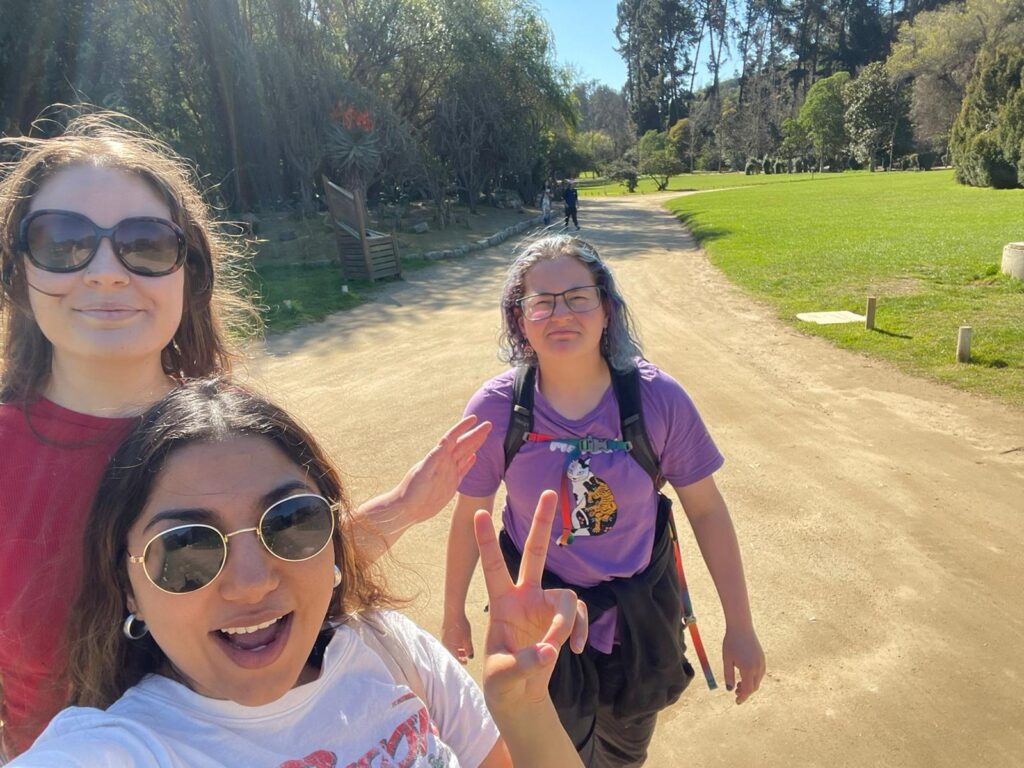
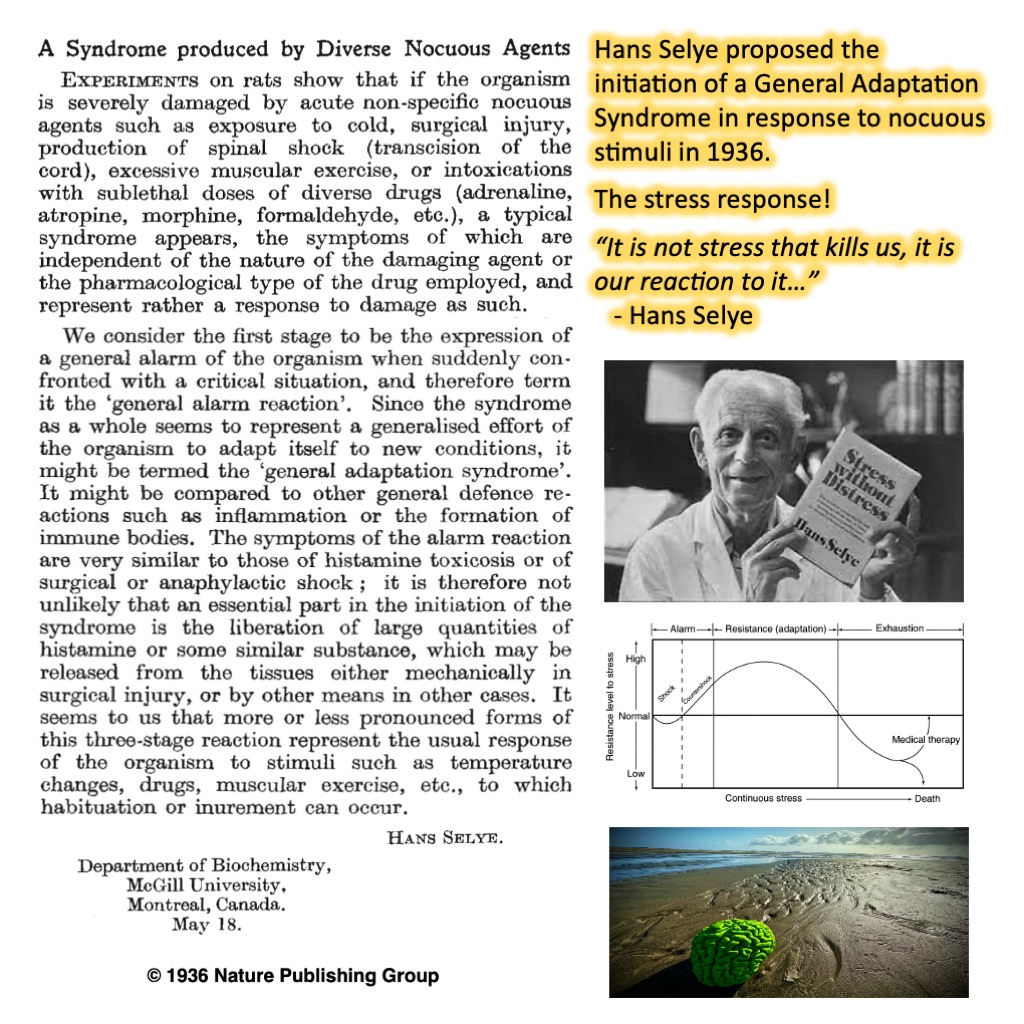
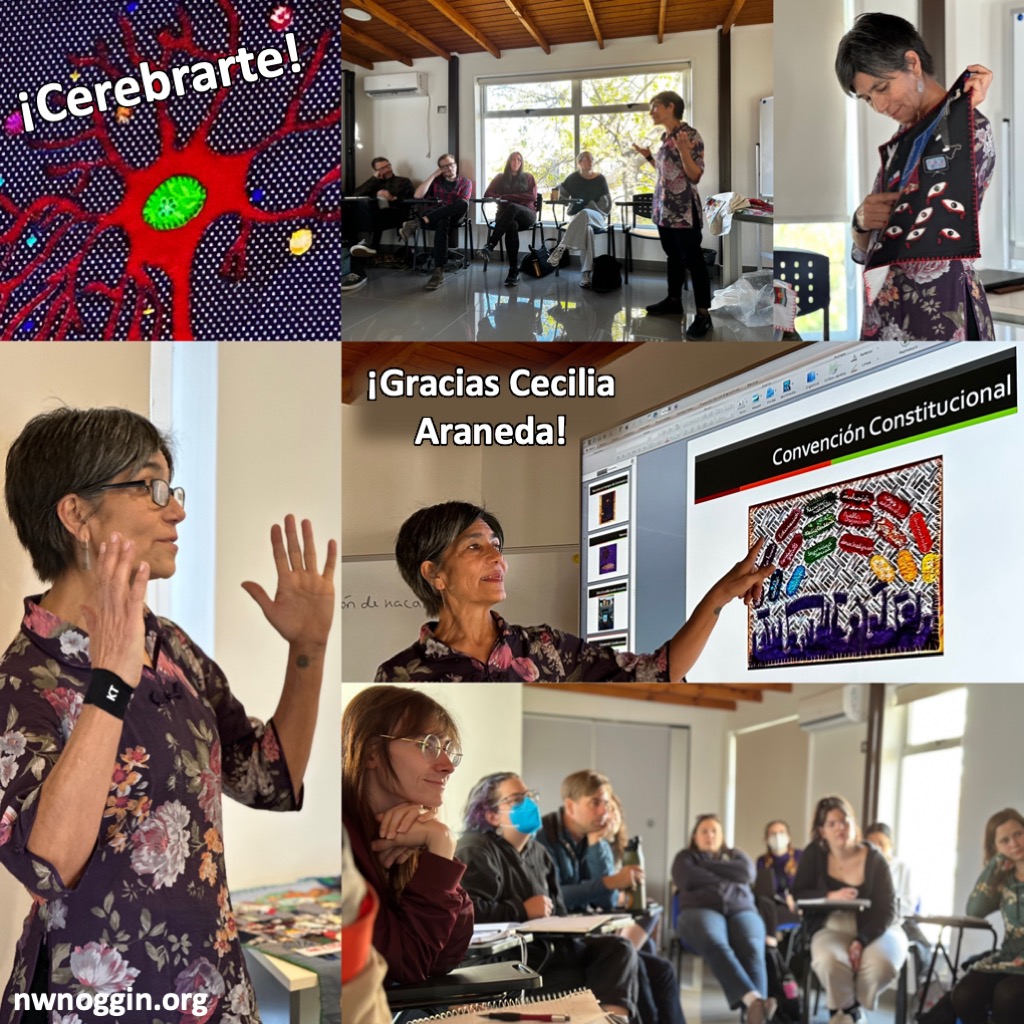
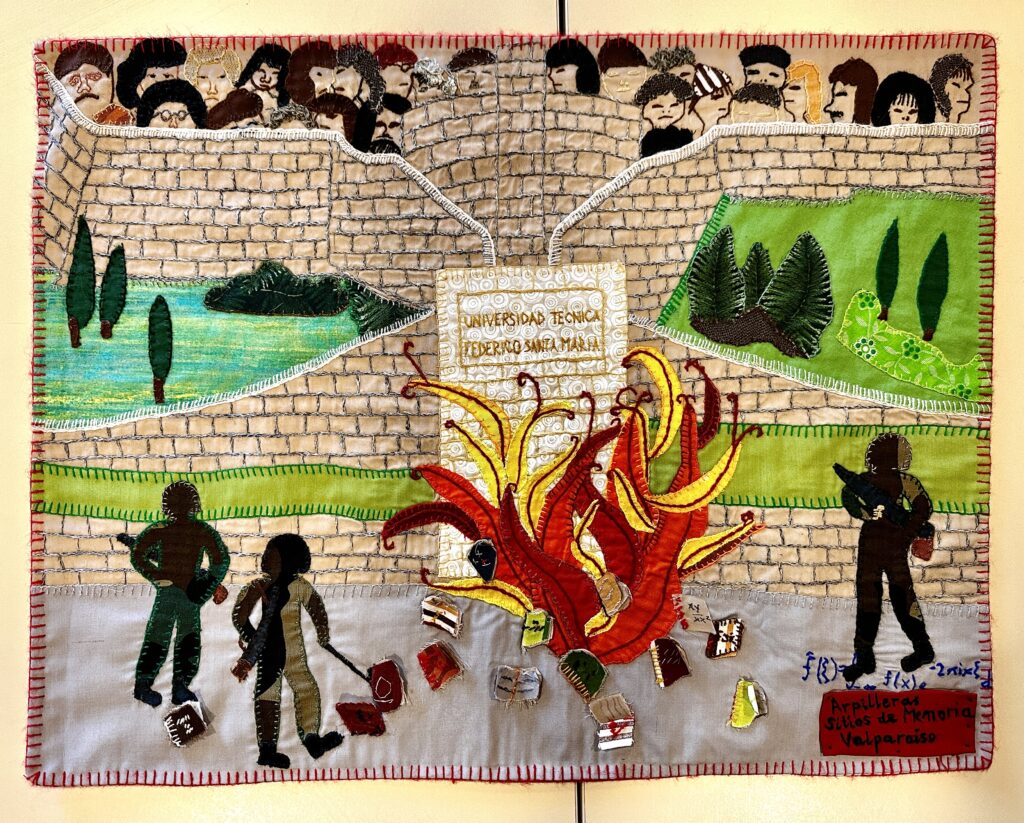
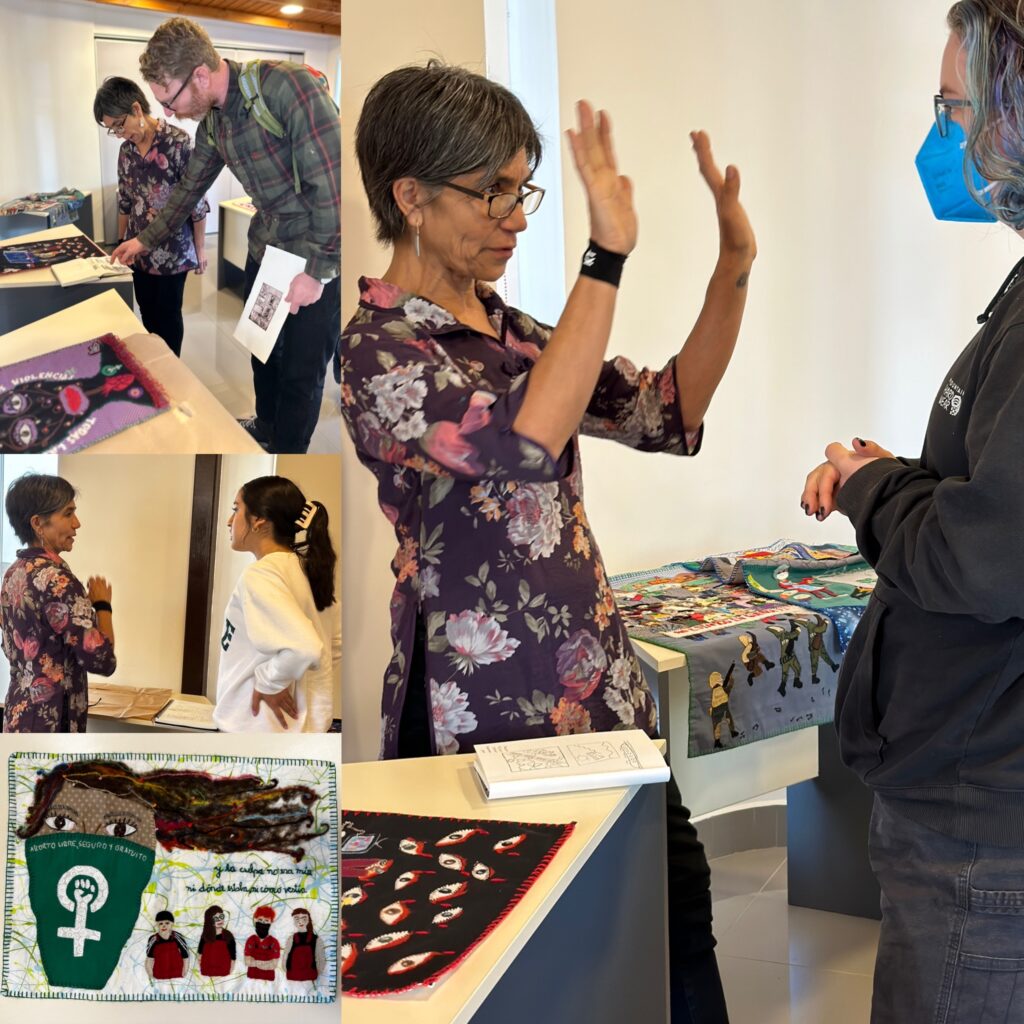

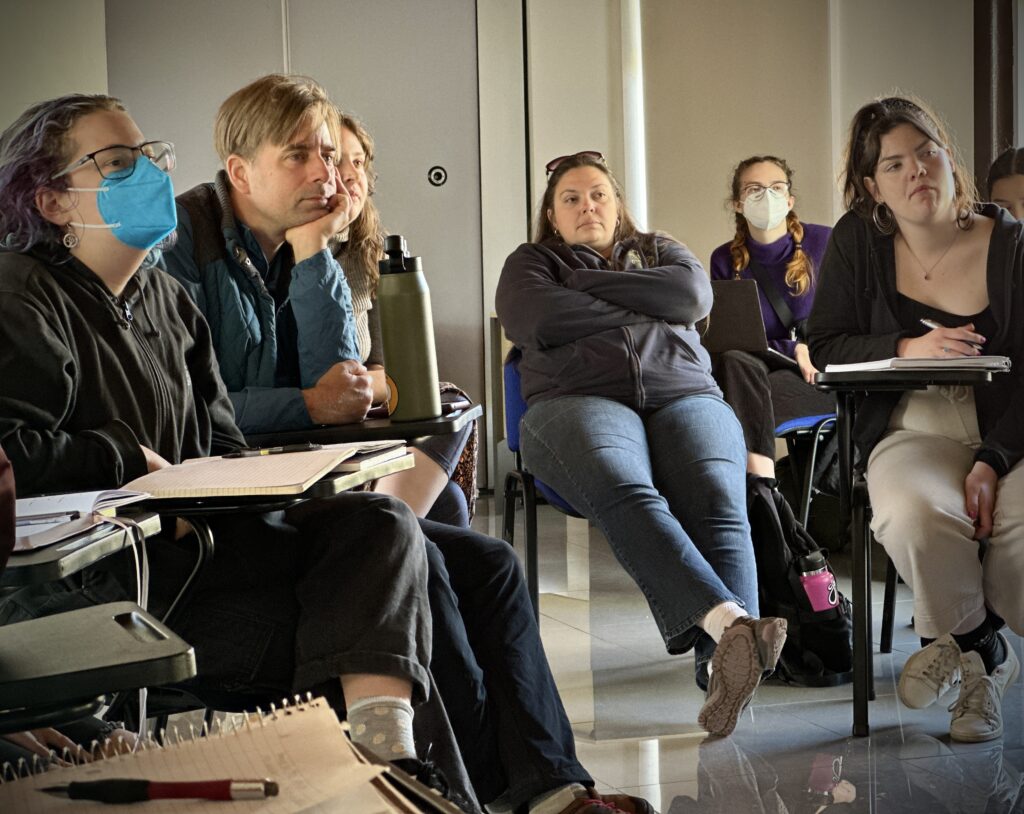
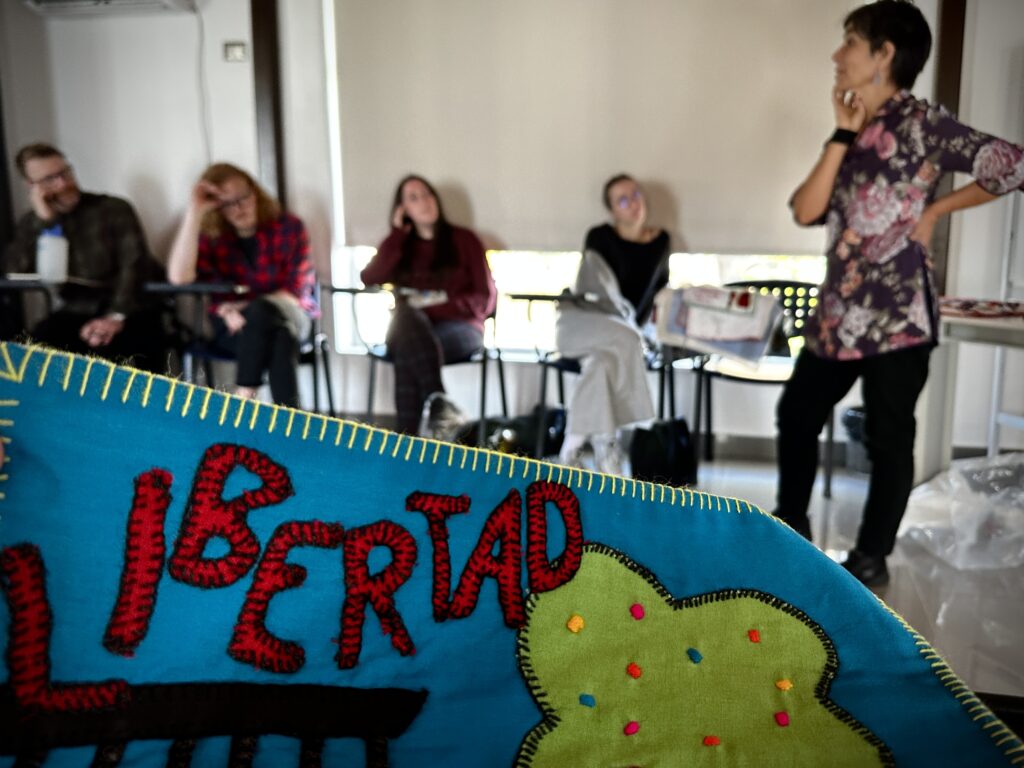
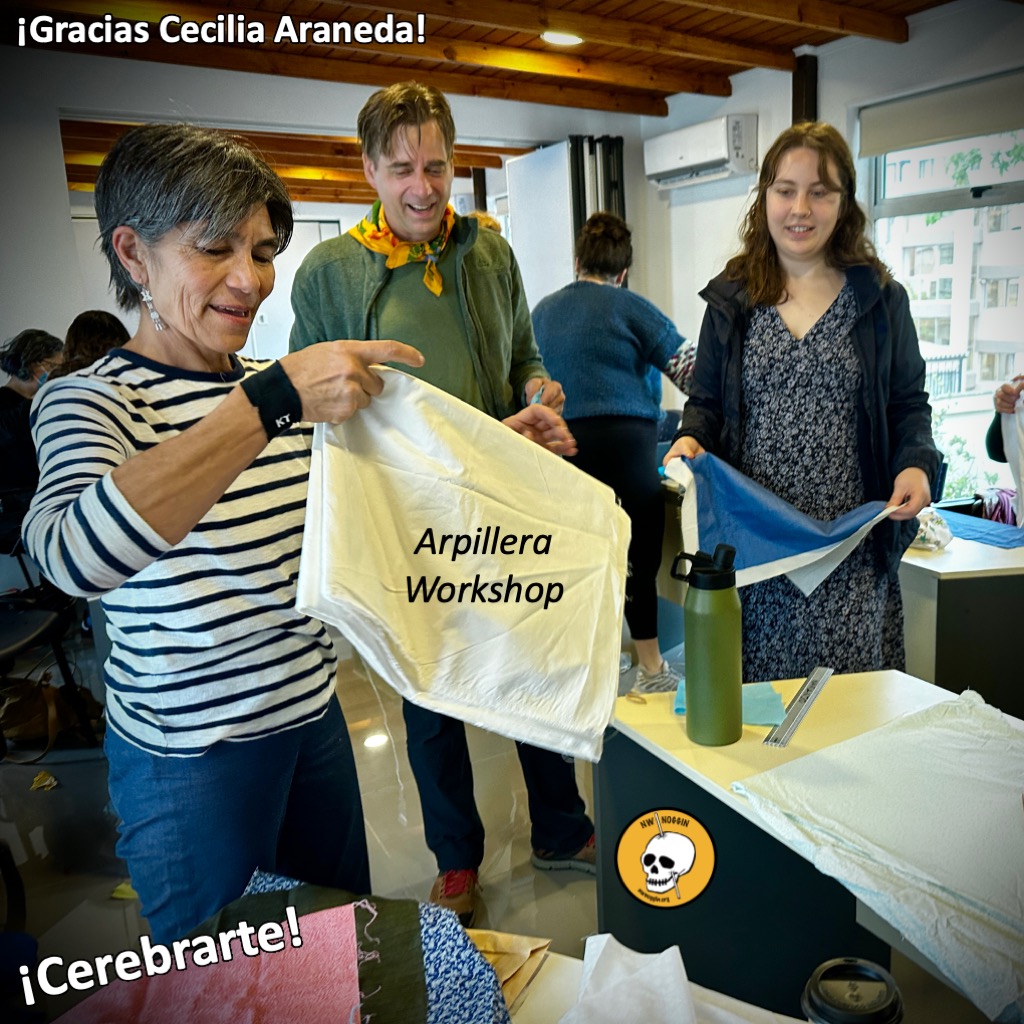
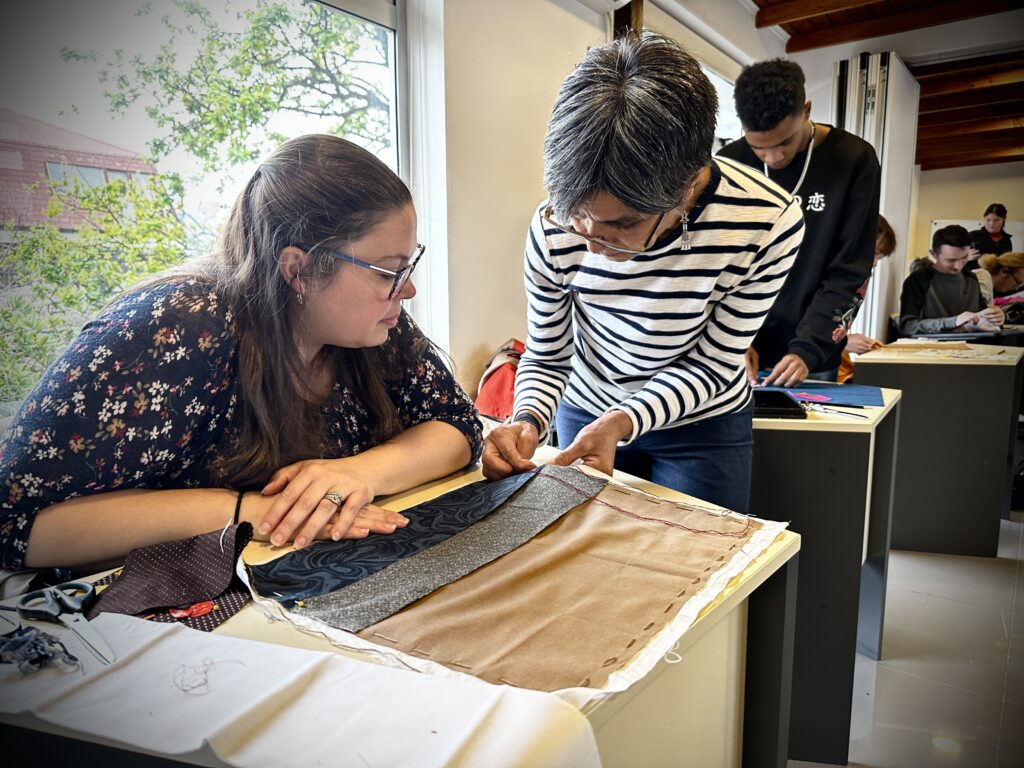
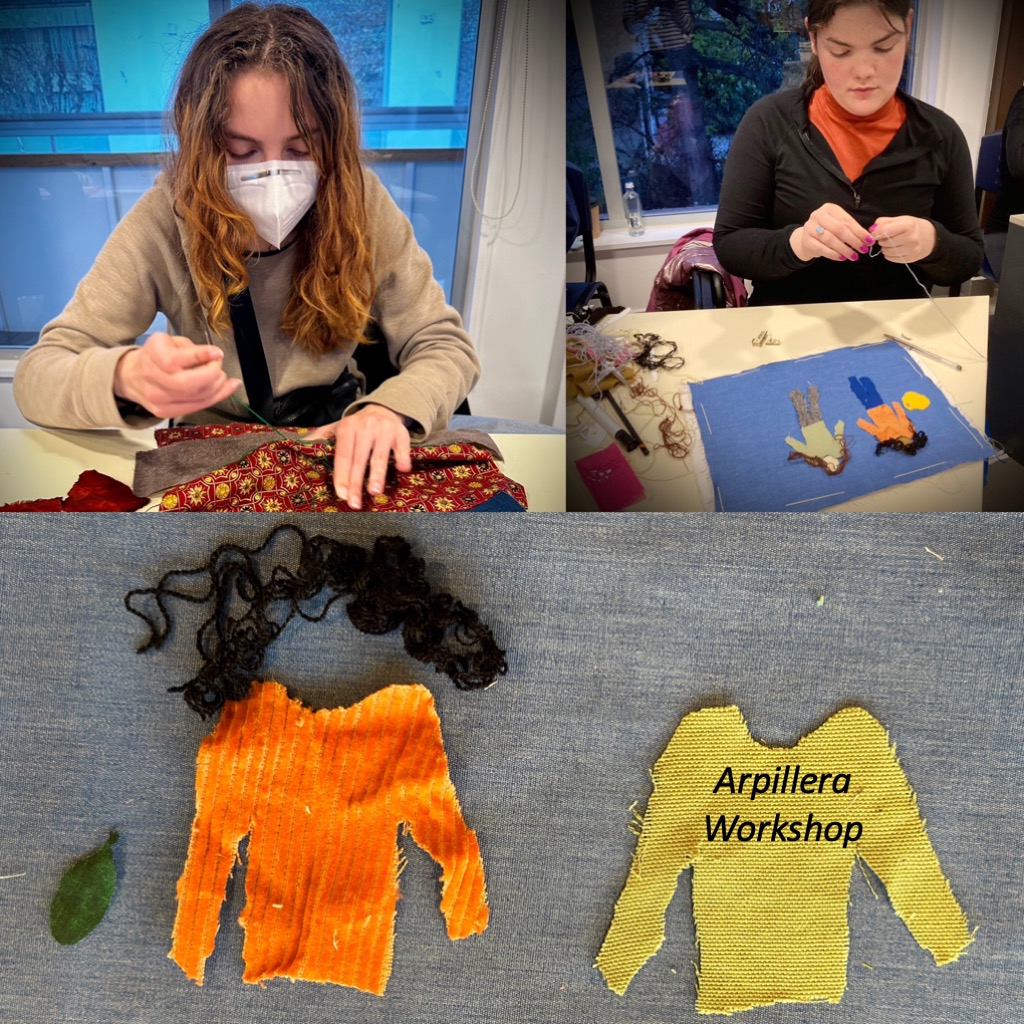
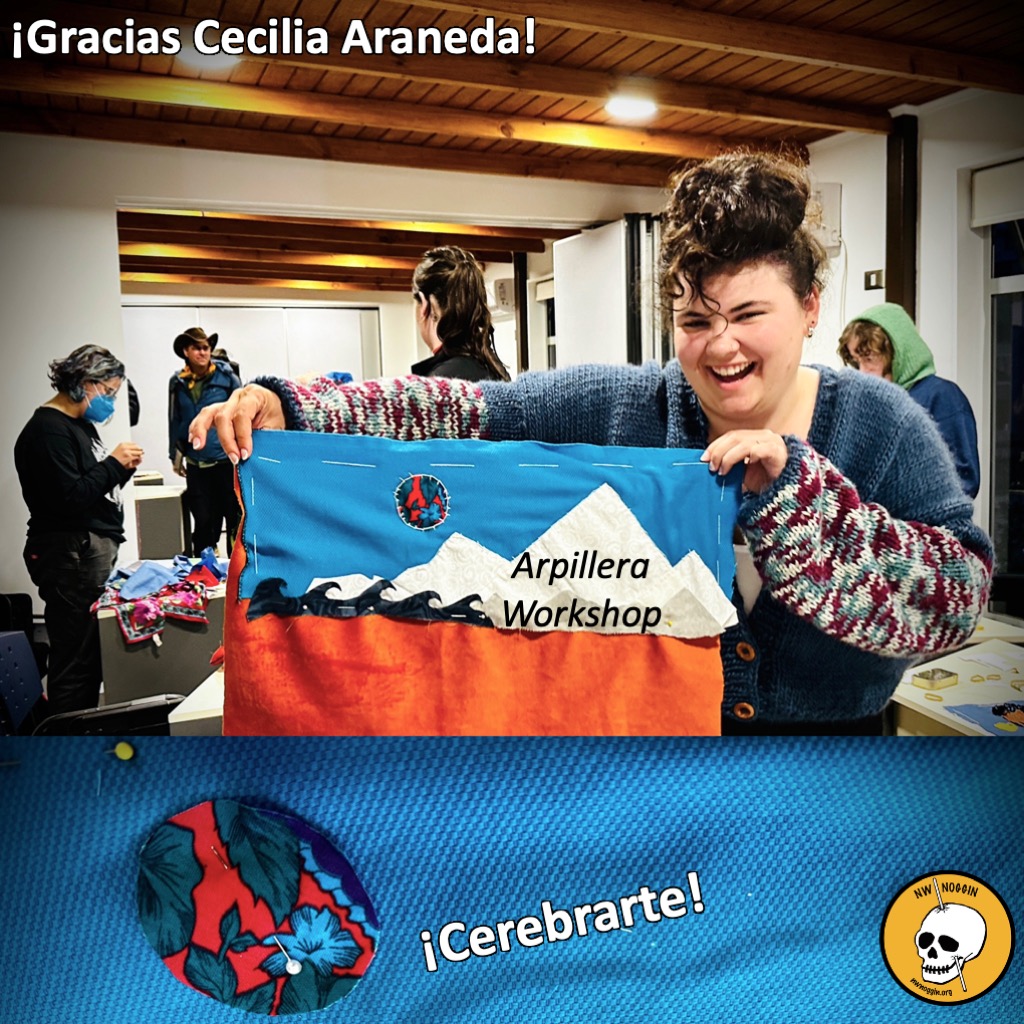
WEEK FOUR (8/7 – 8/11):
What have we learned, and how will we share it?
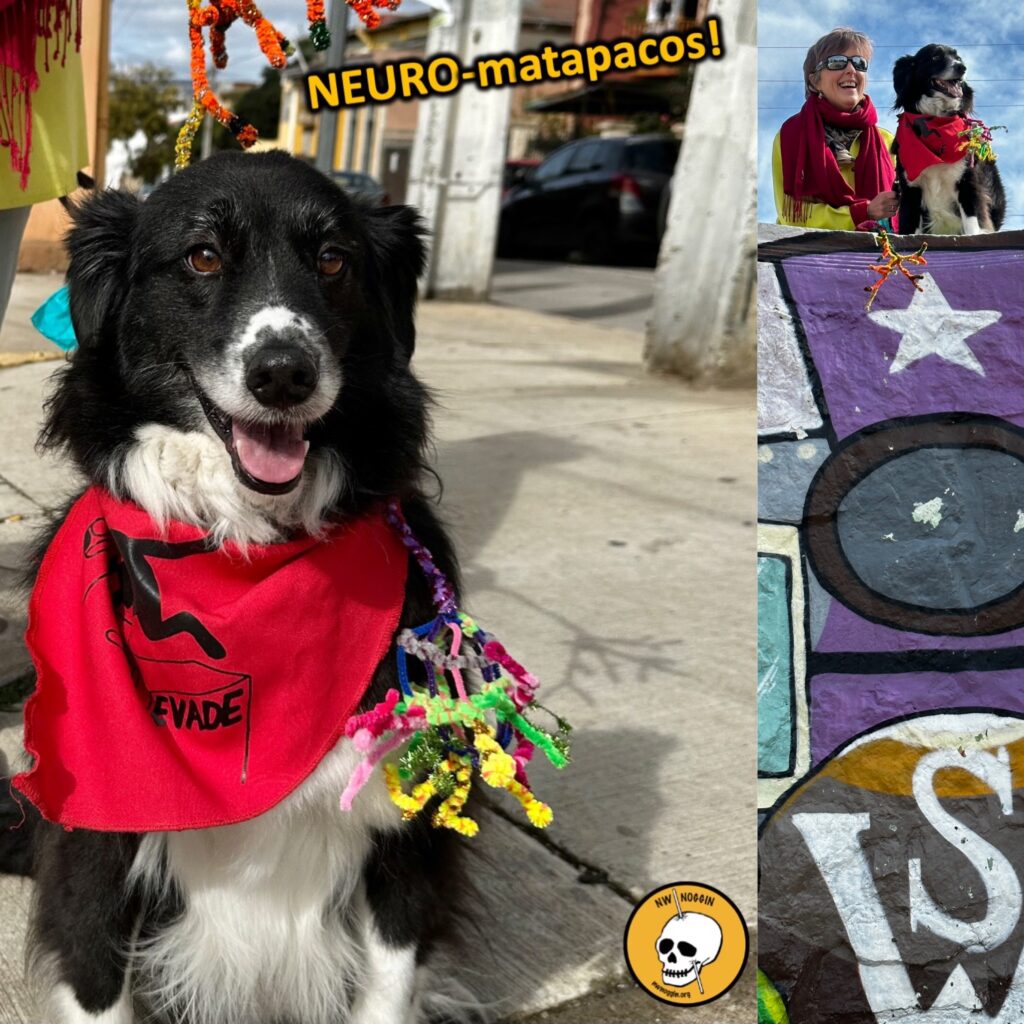
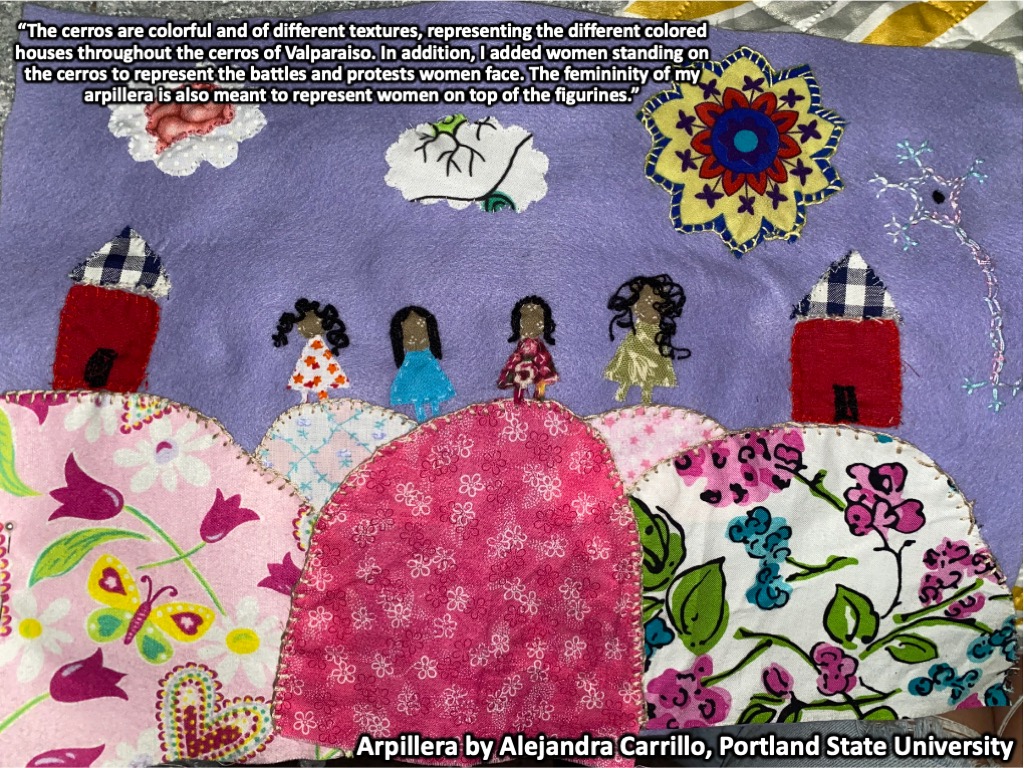
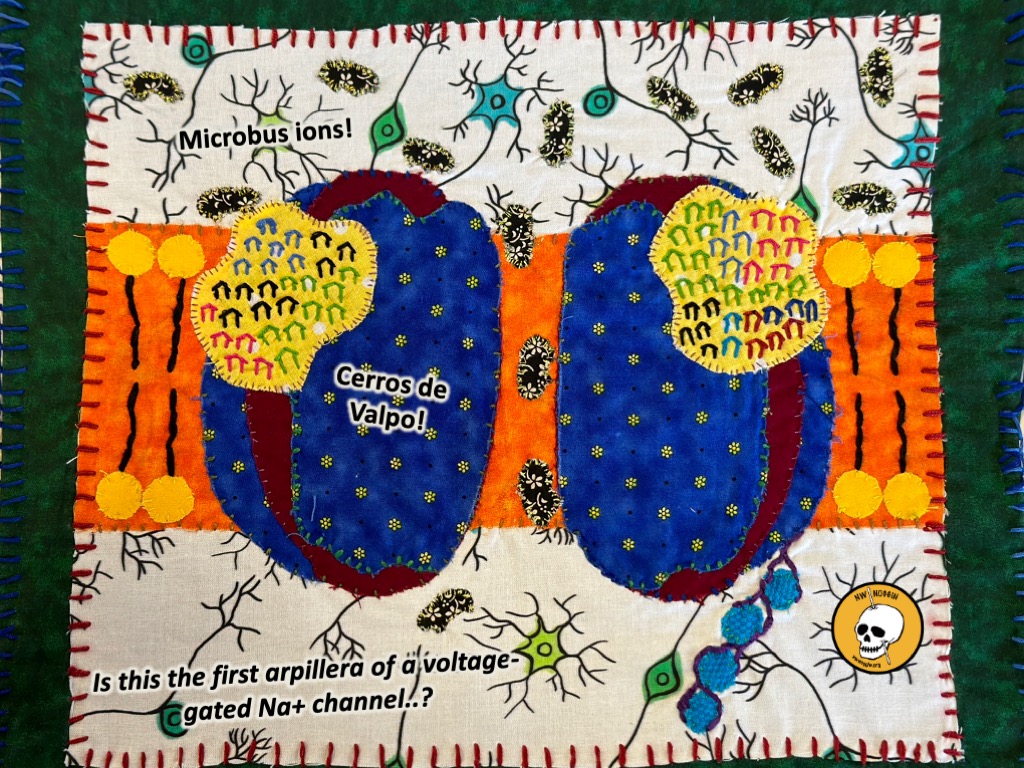
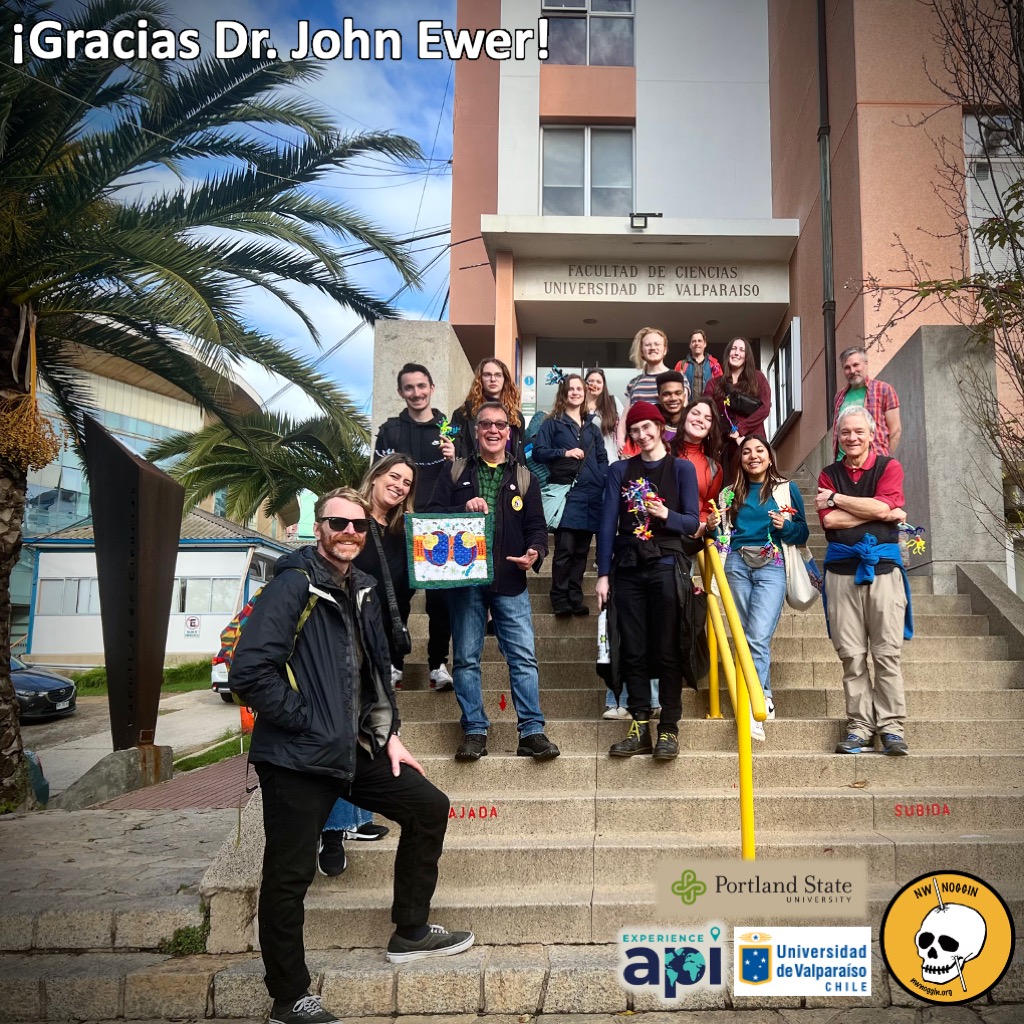
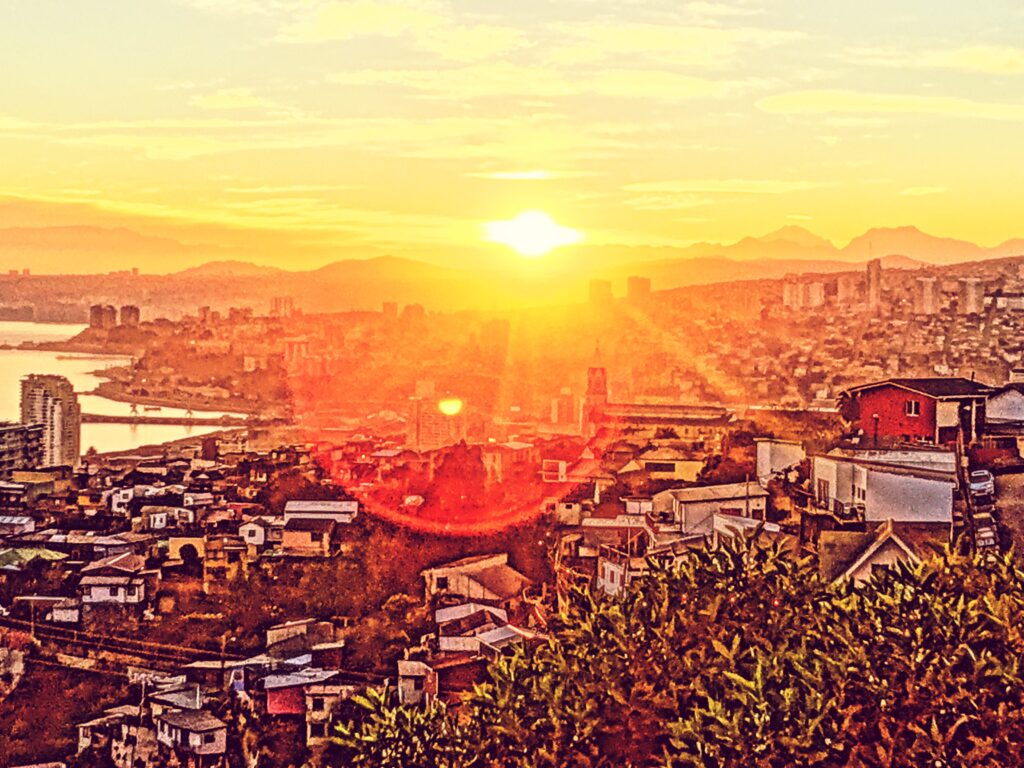
Follow our adventures @ nwnoggin.org!
